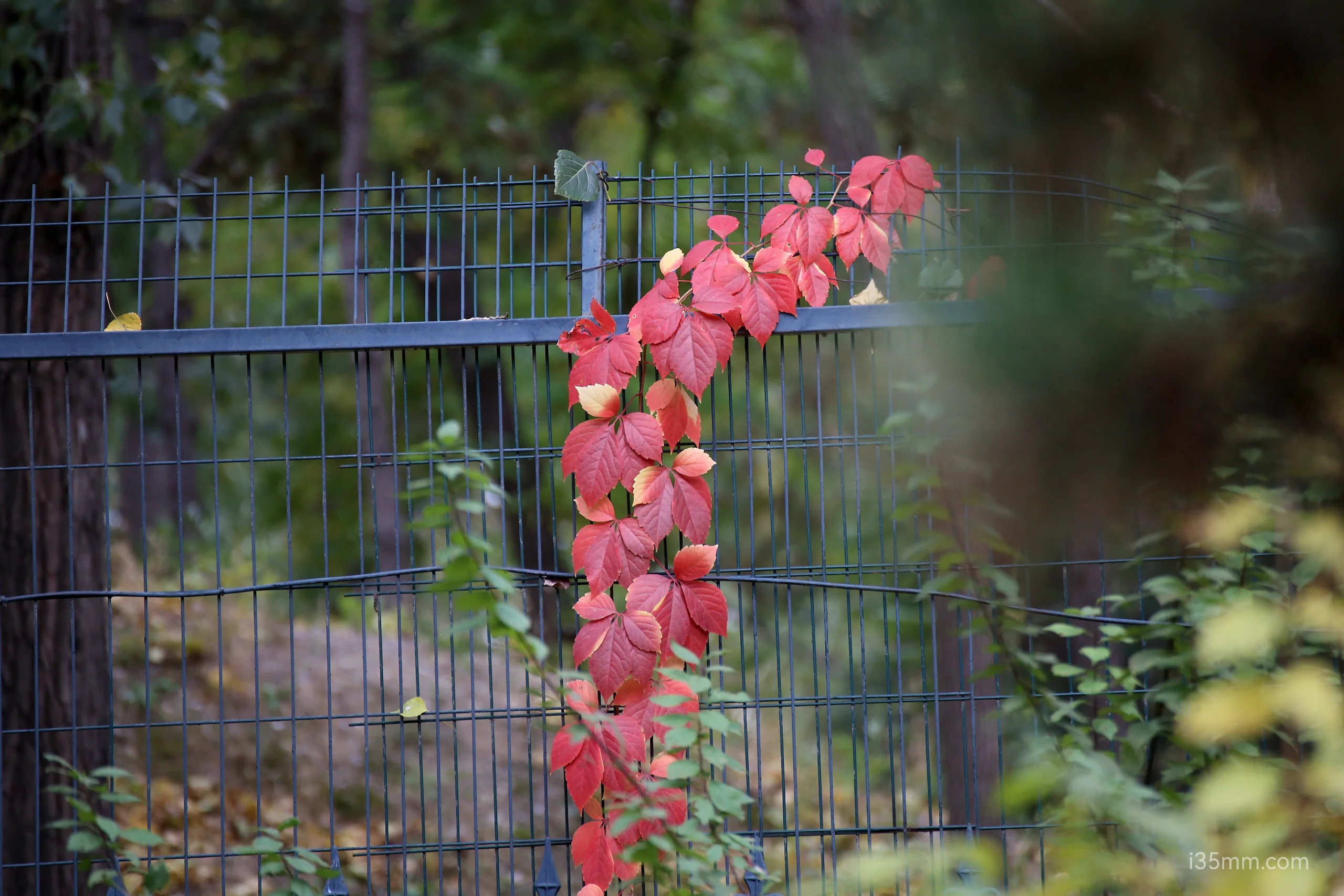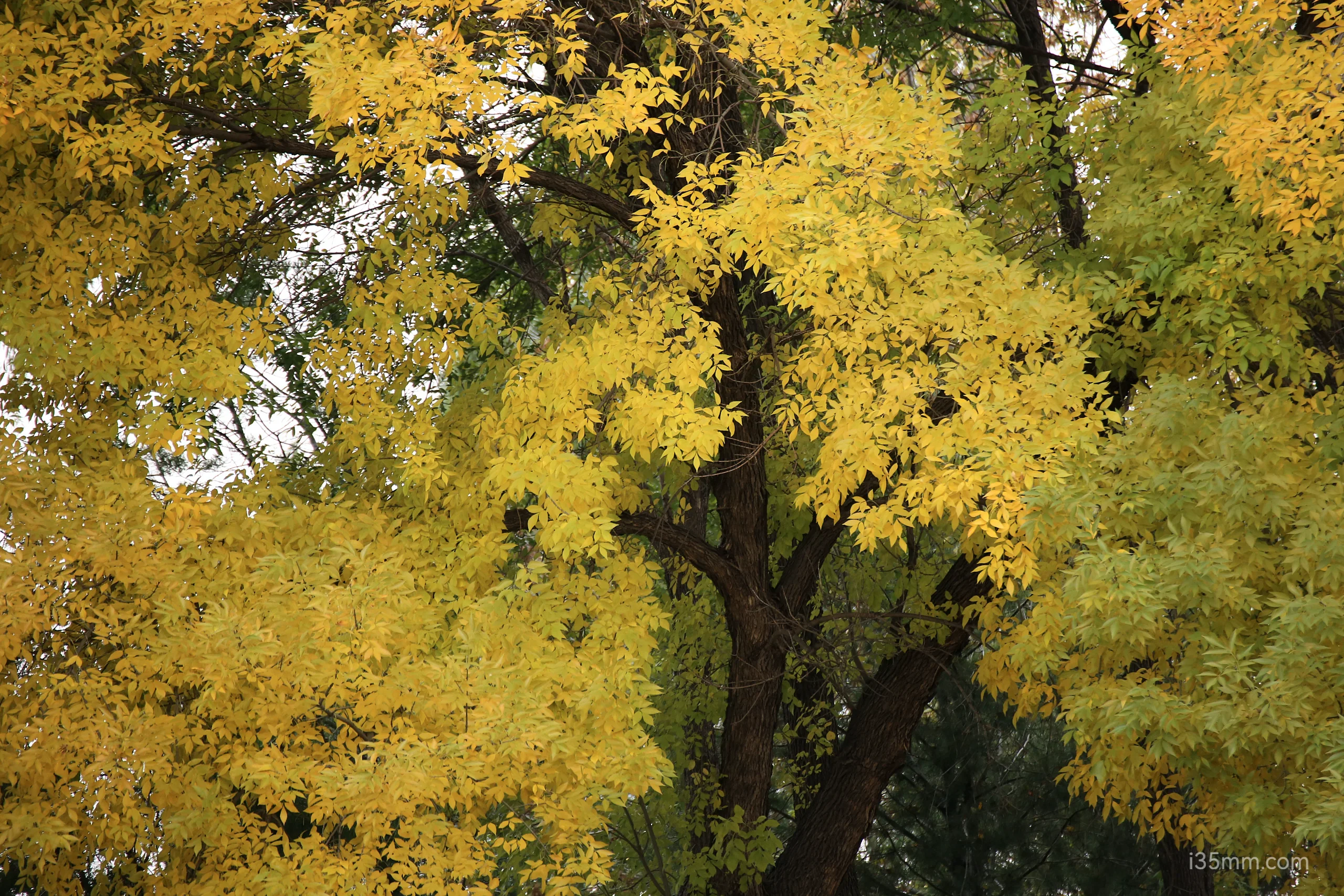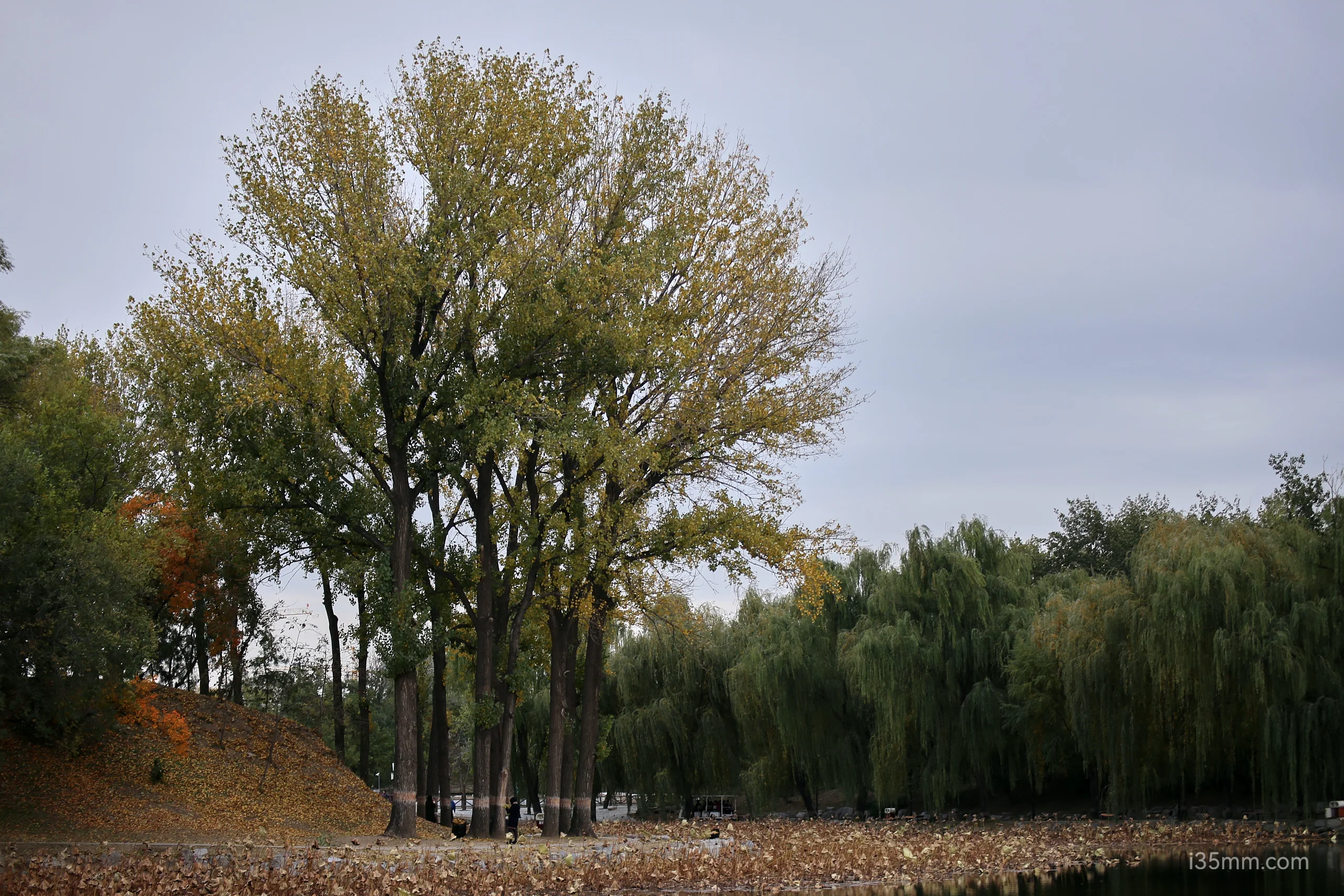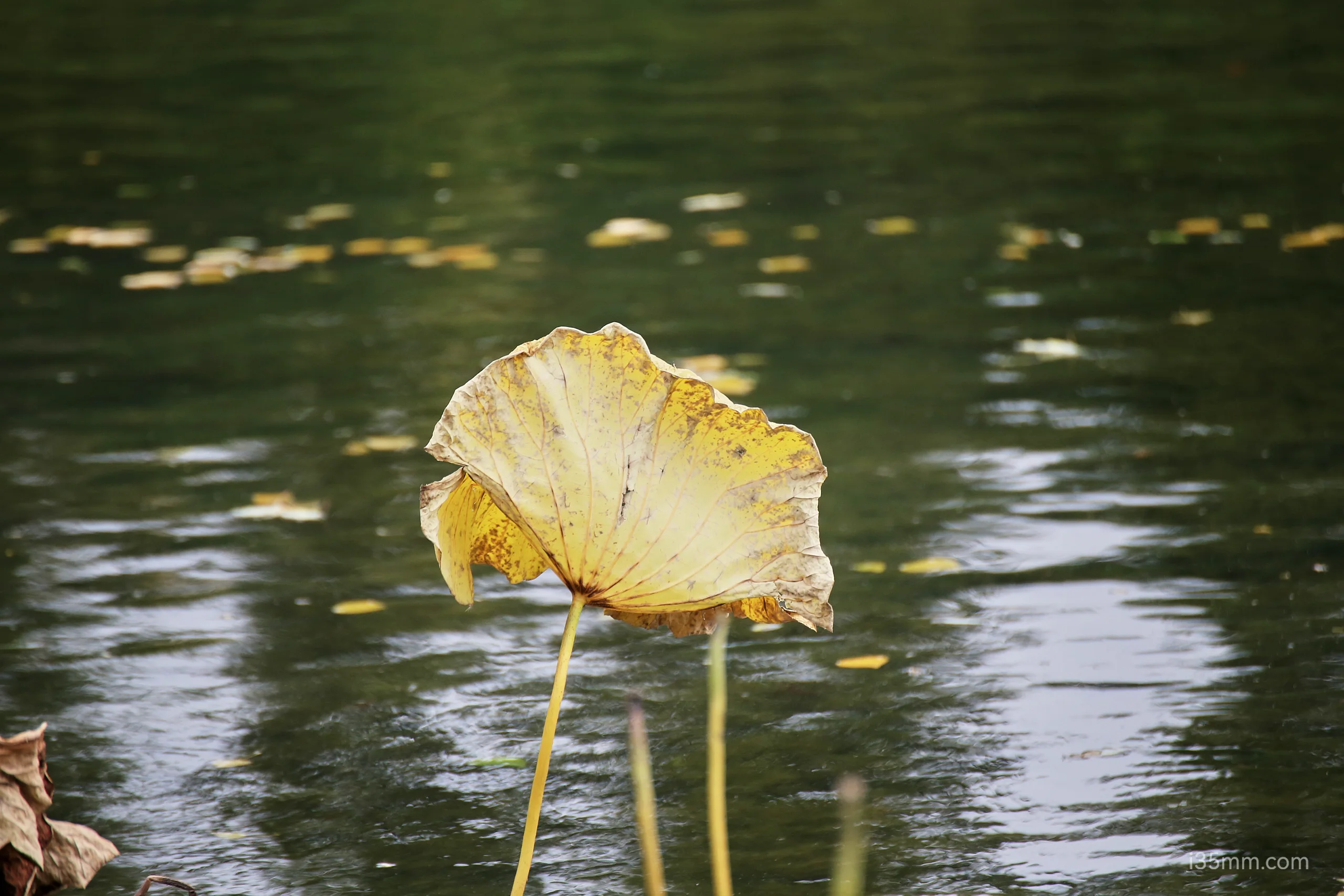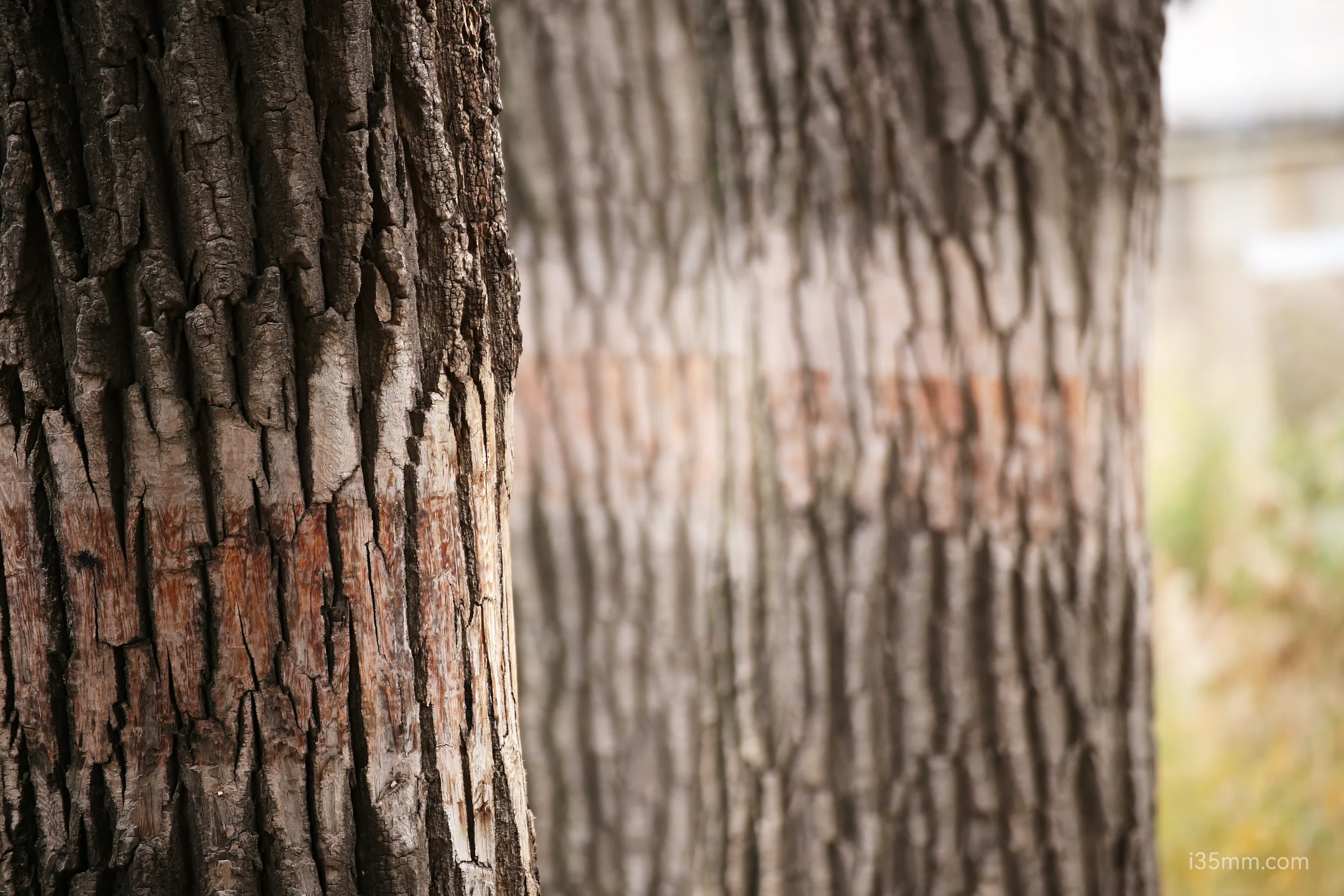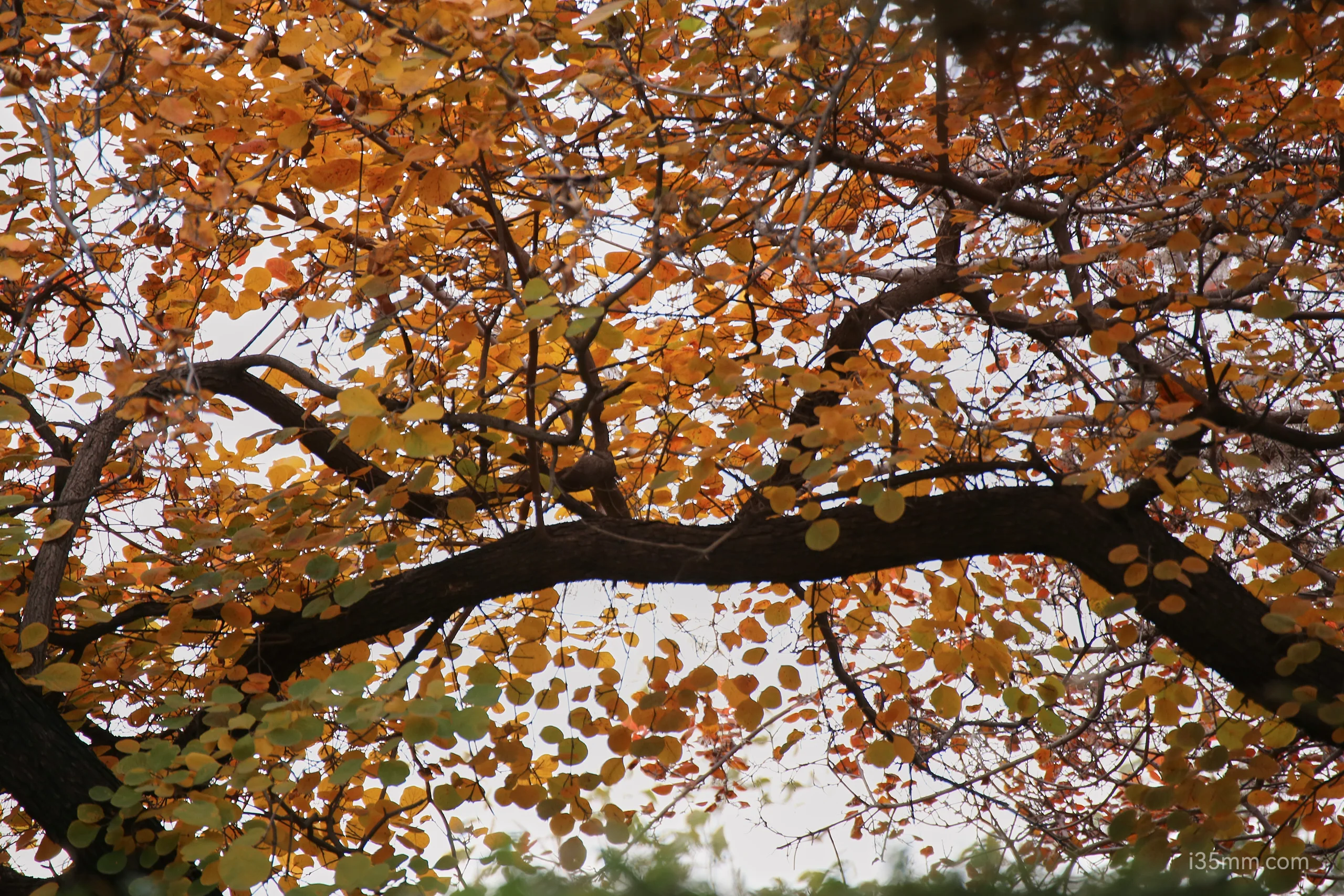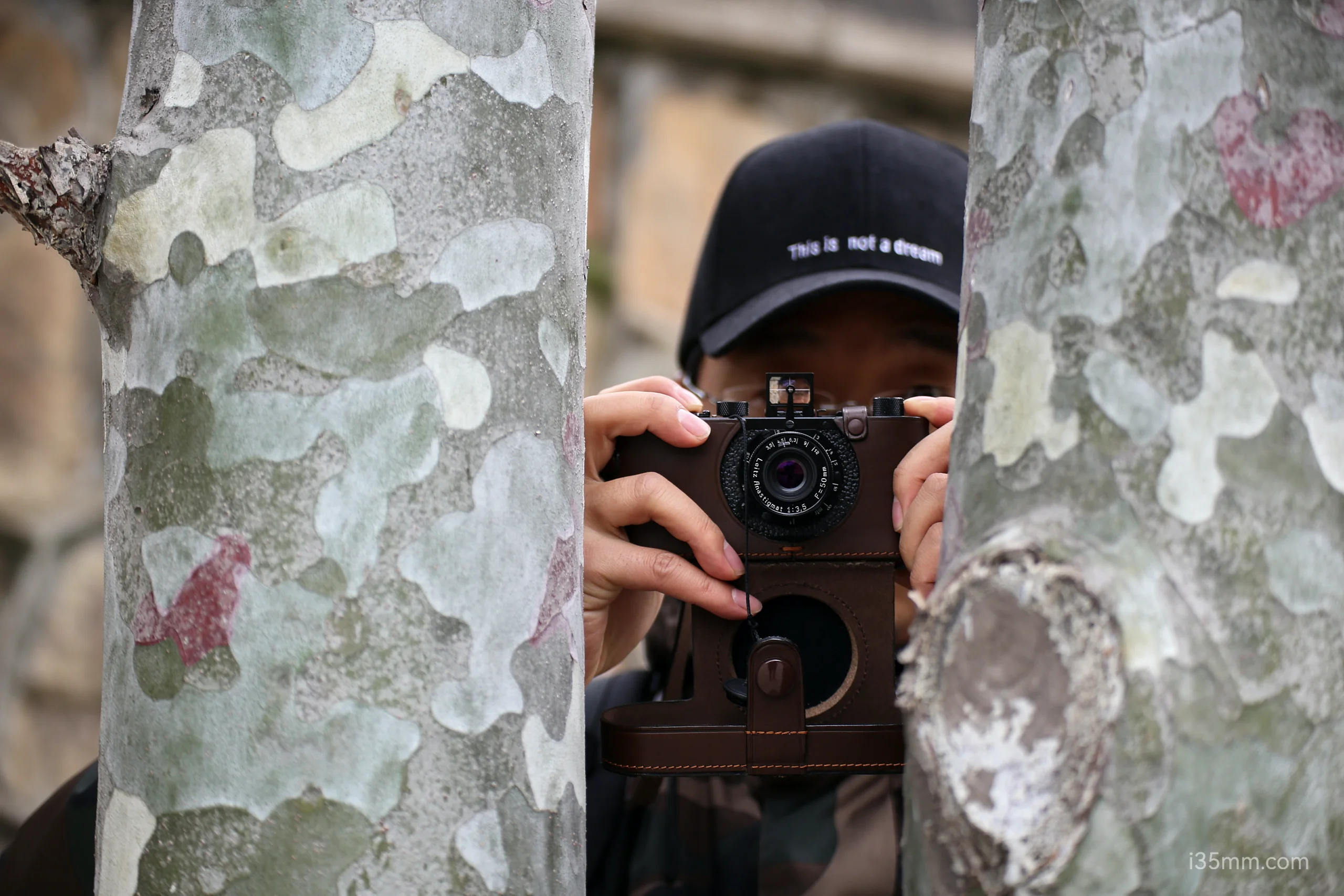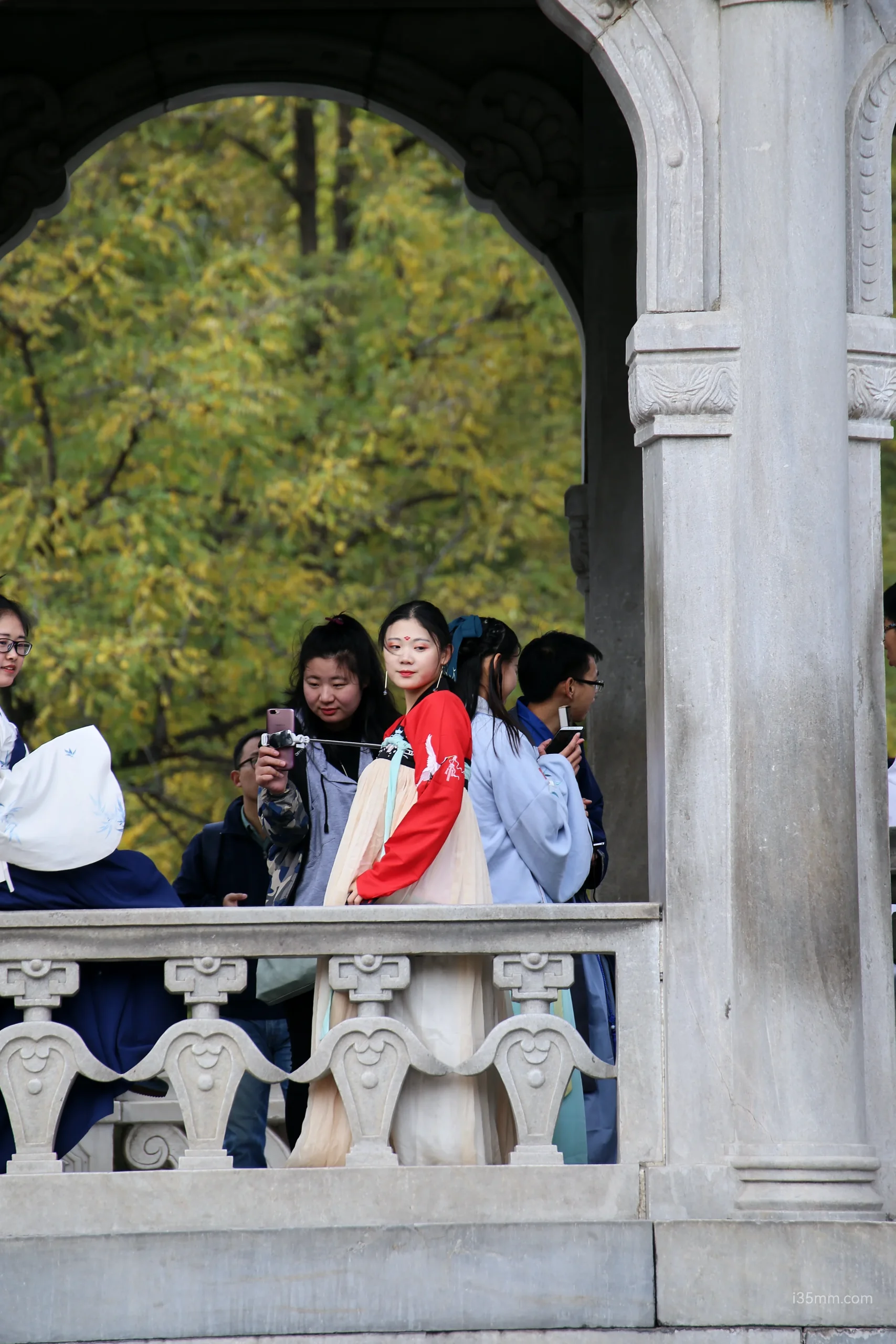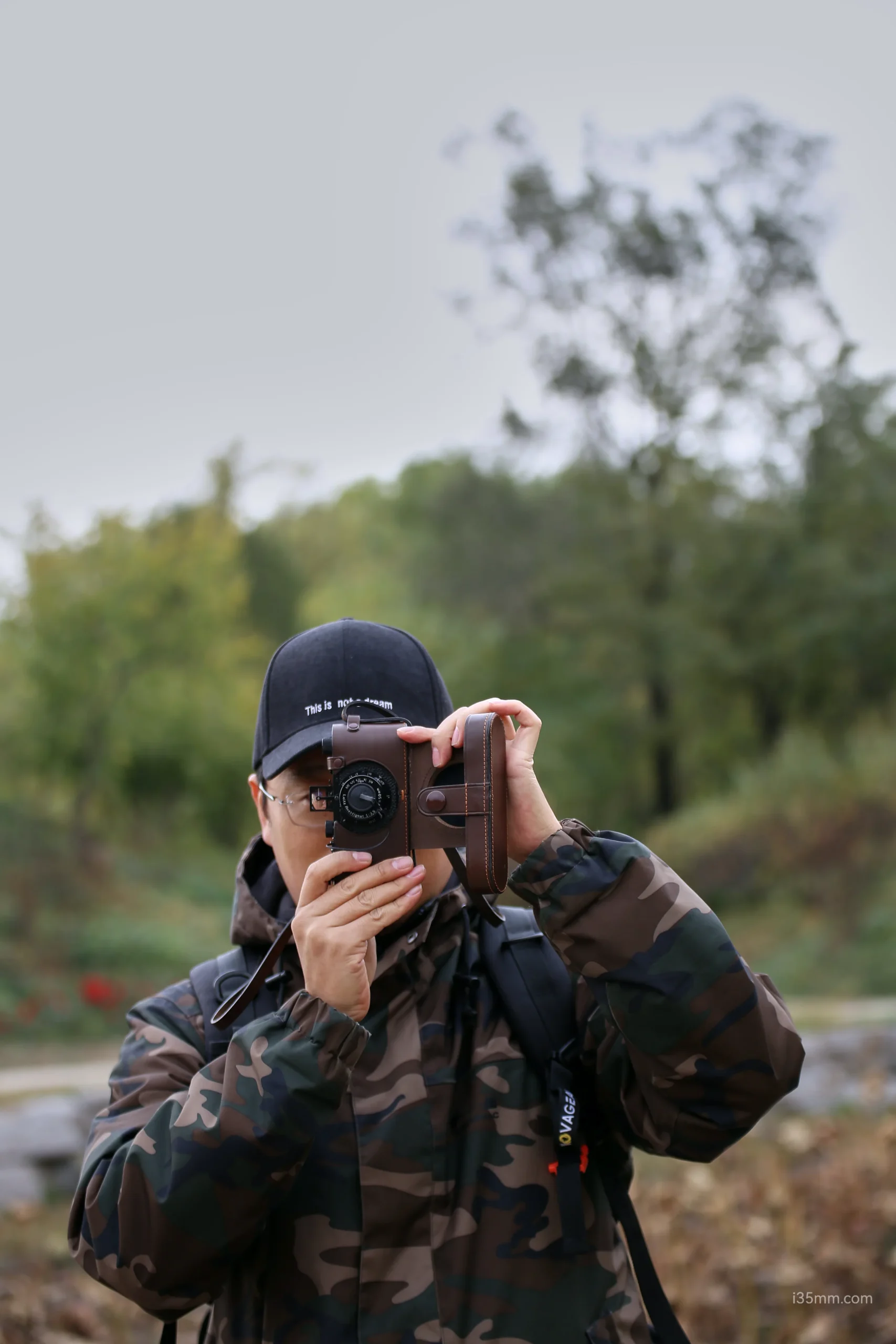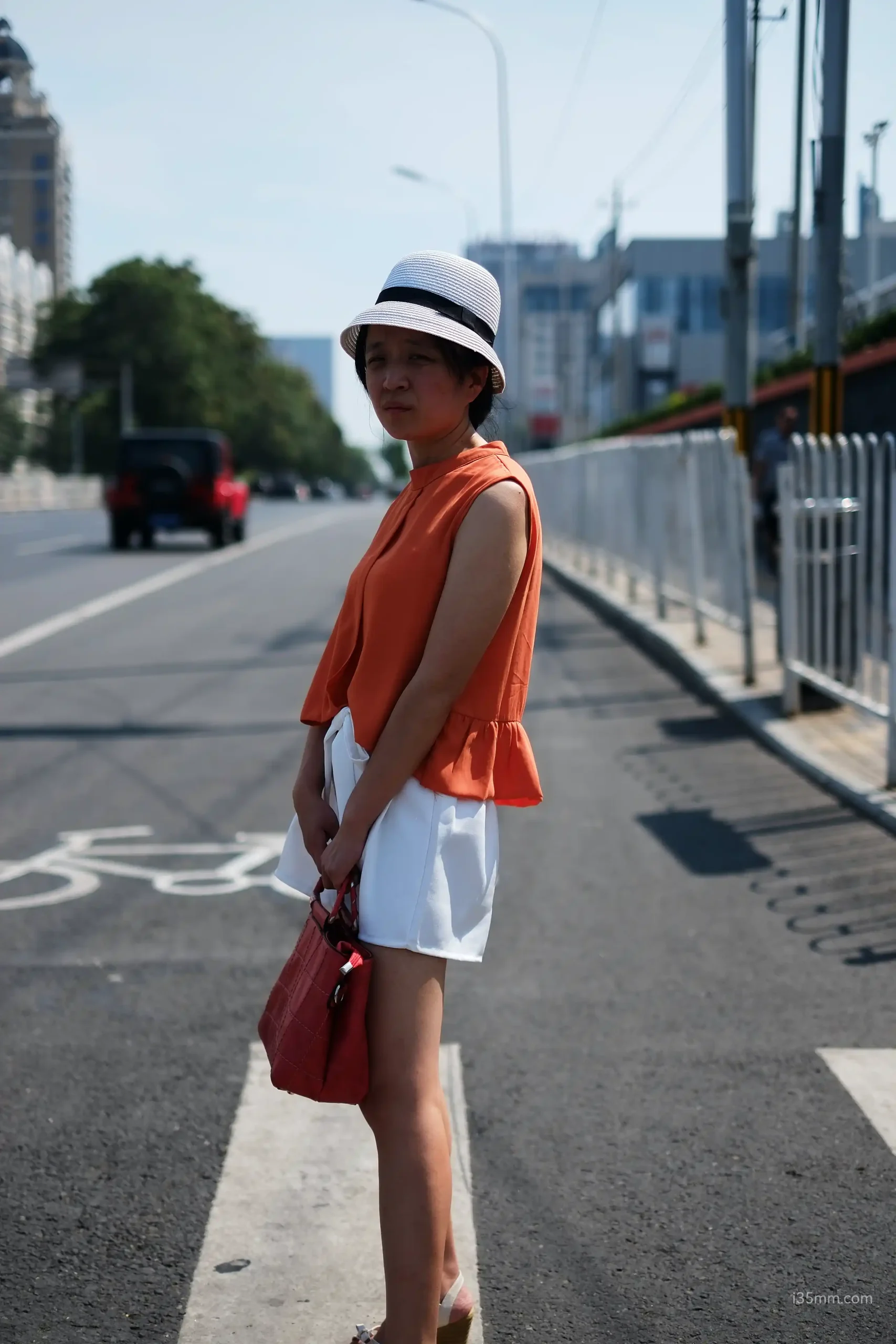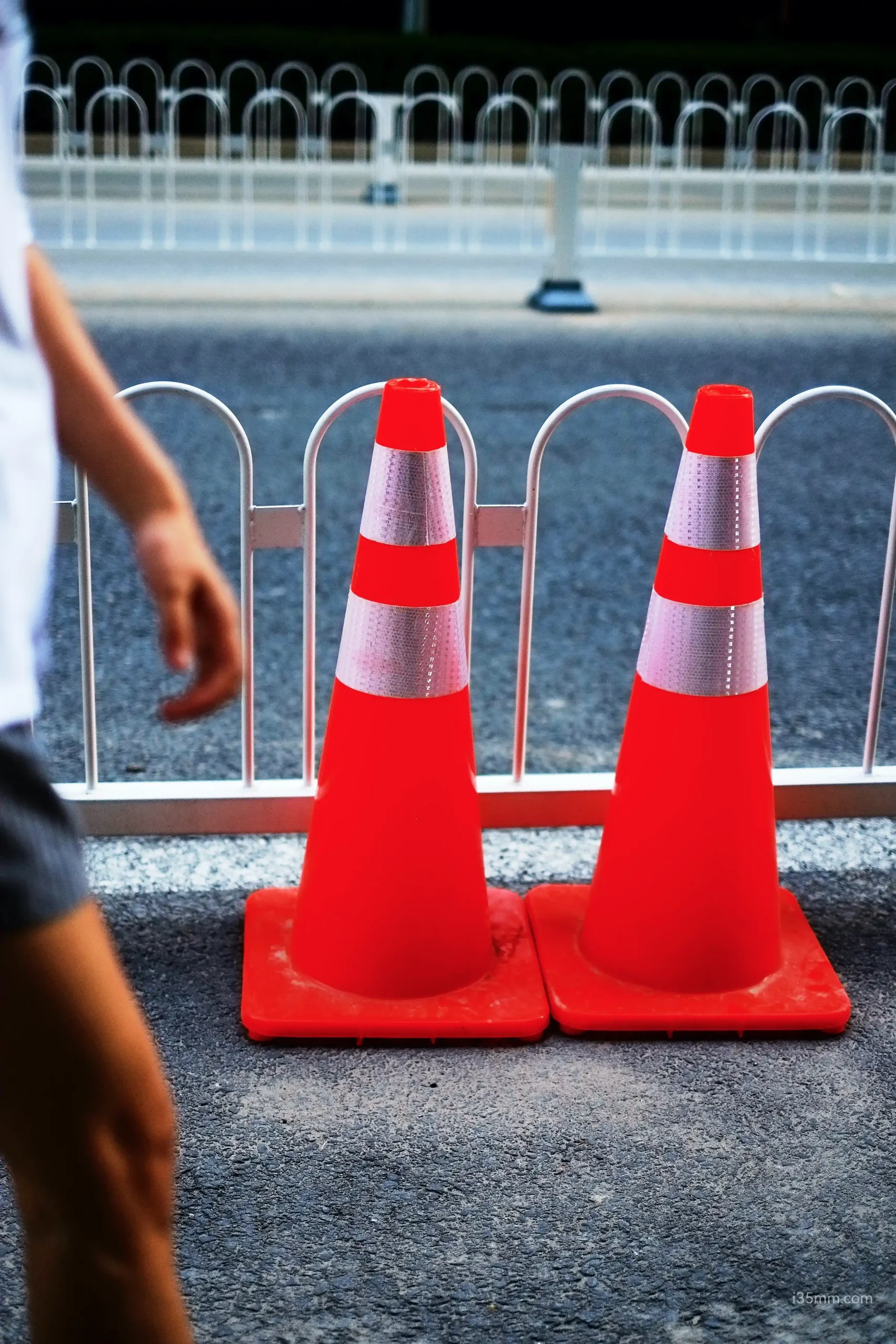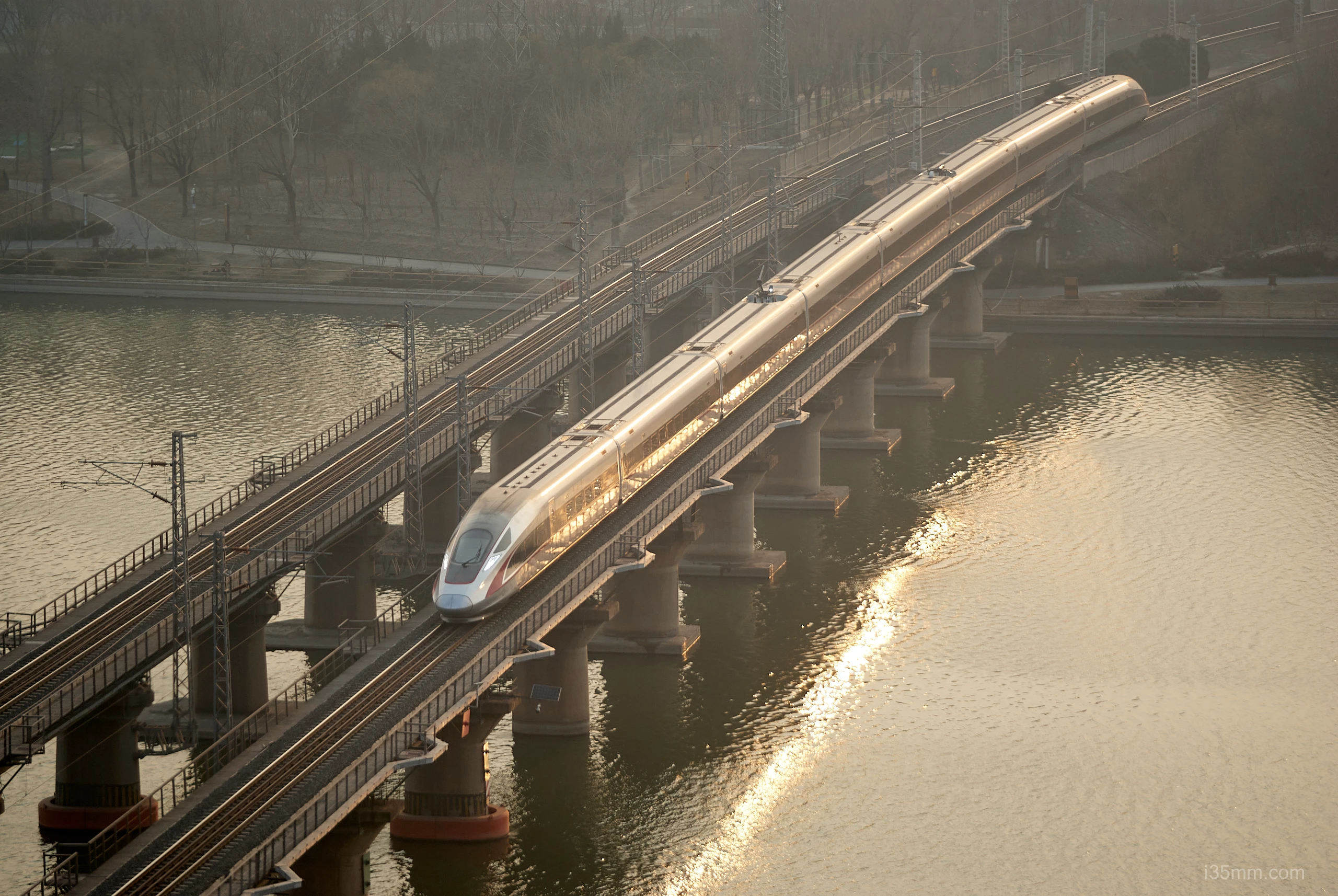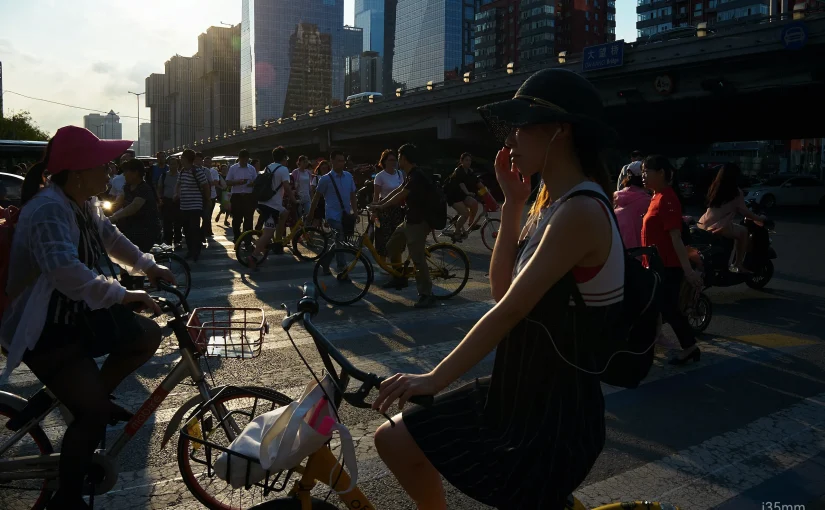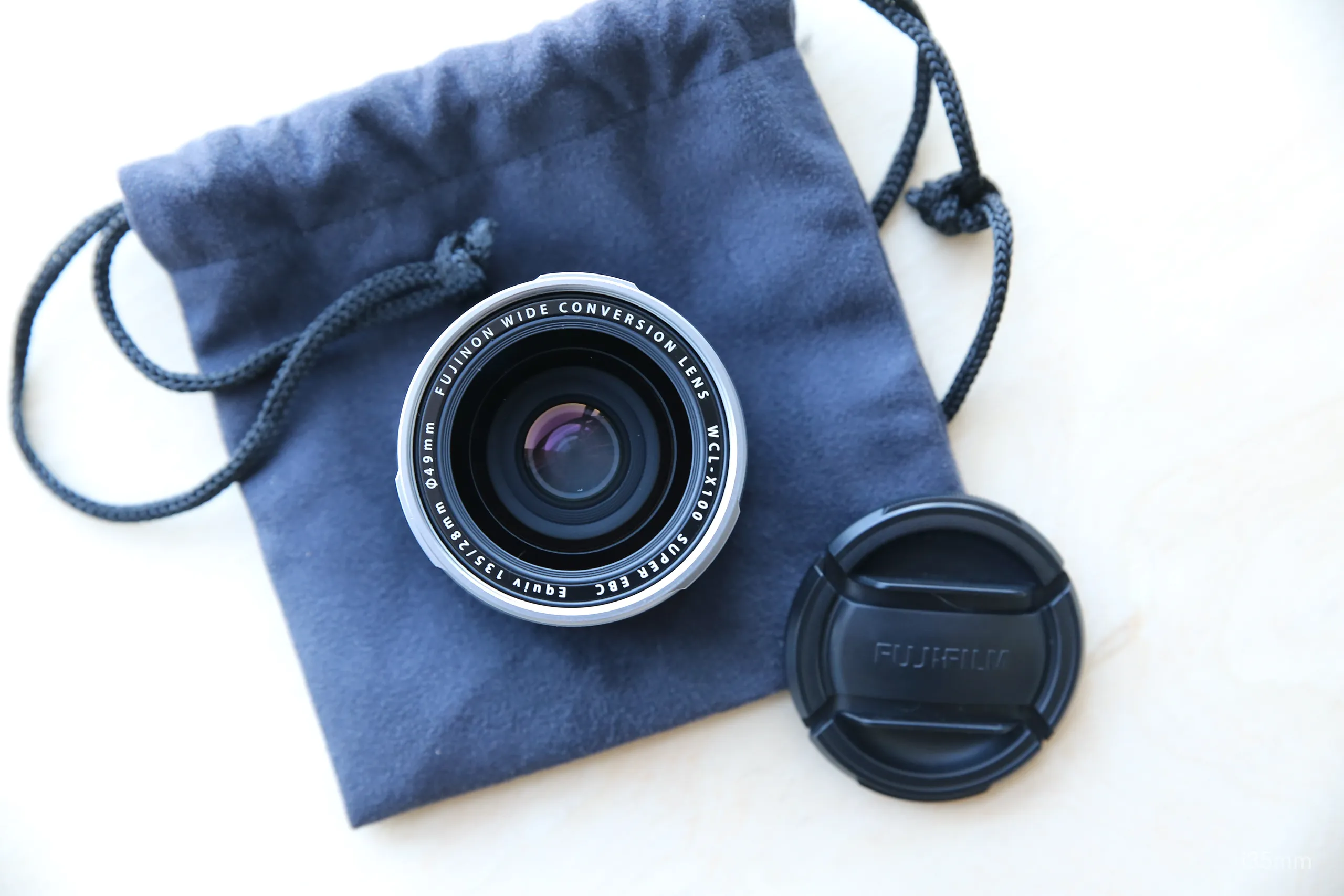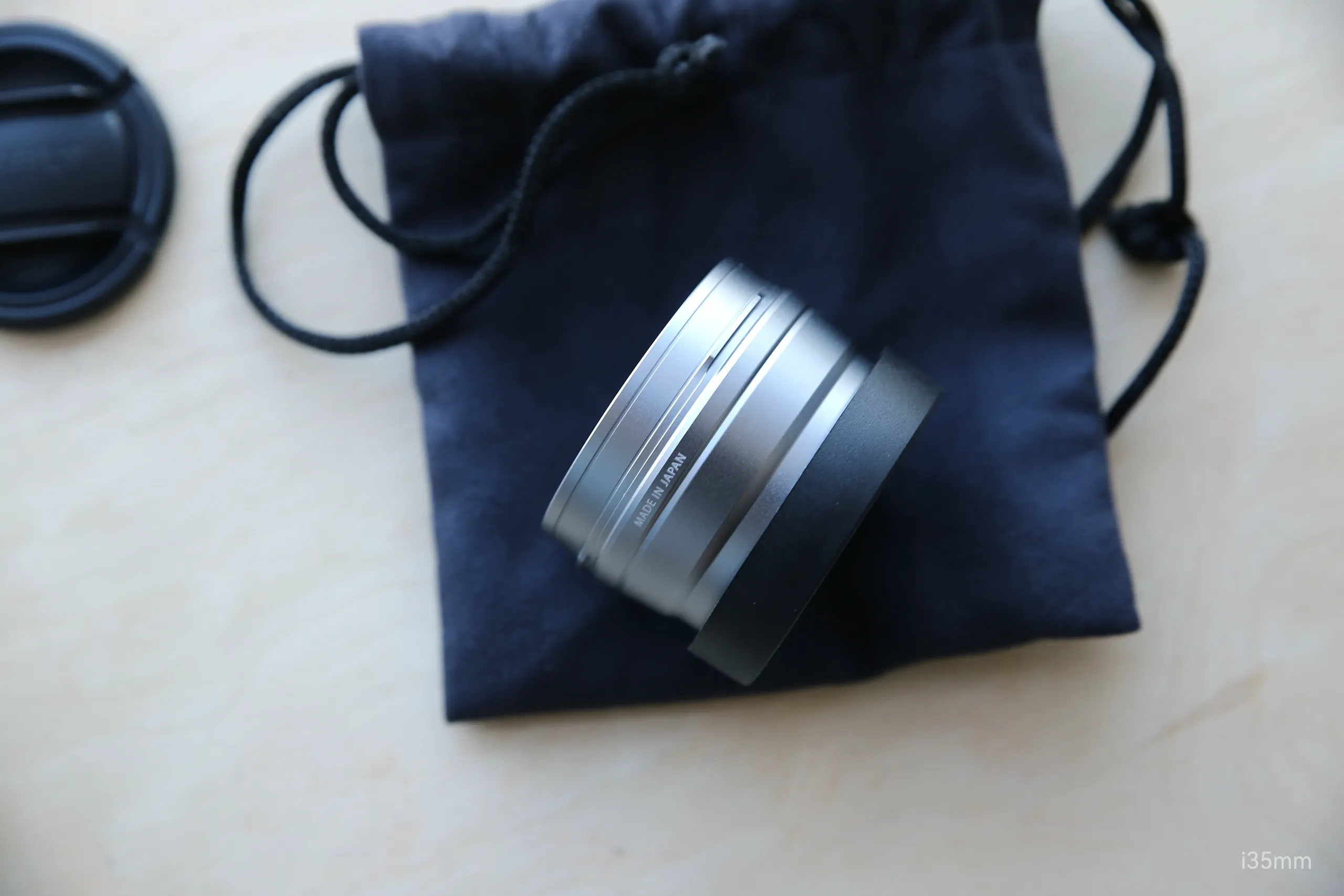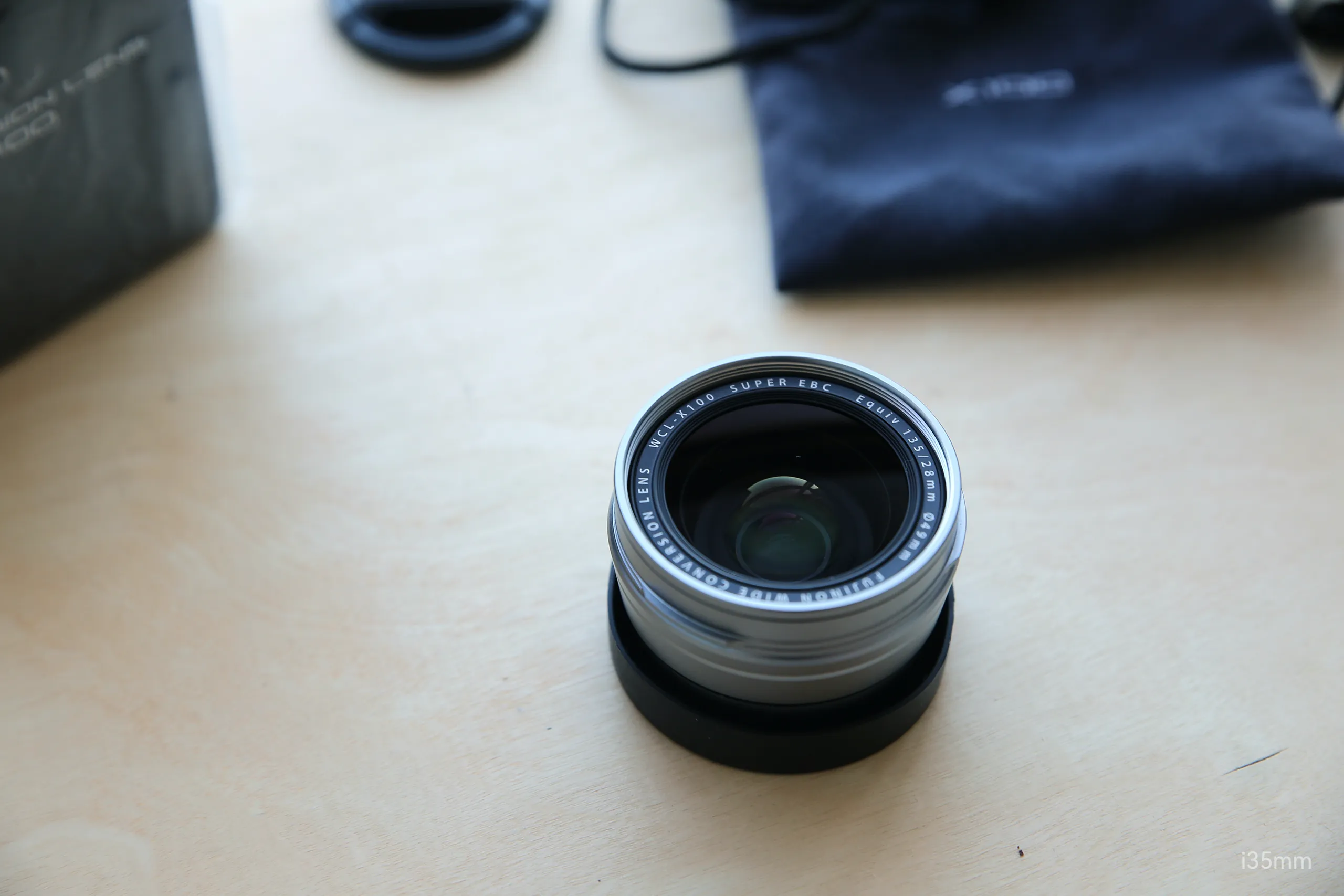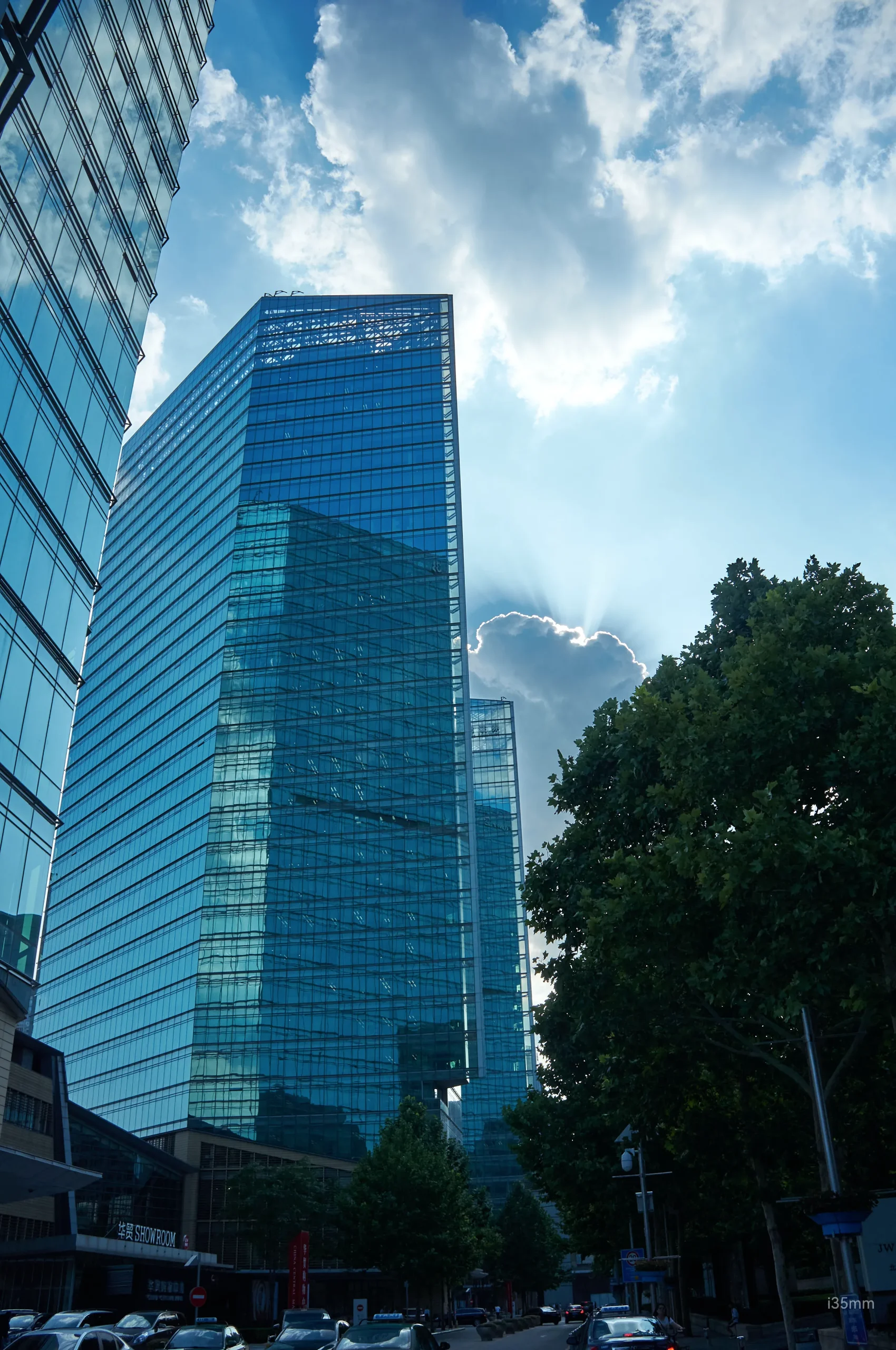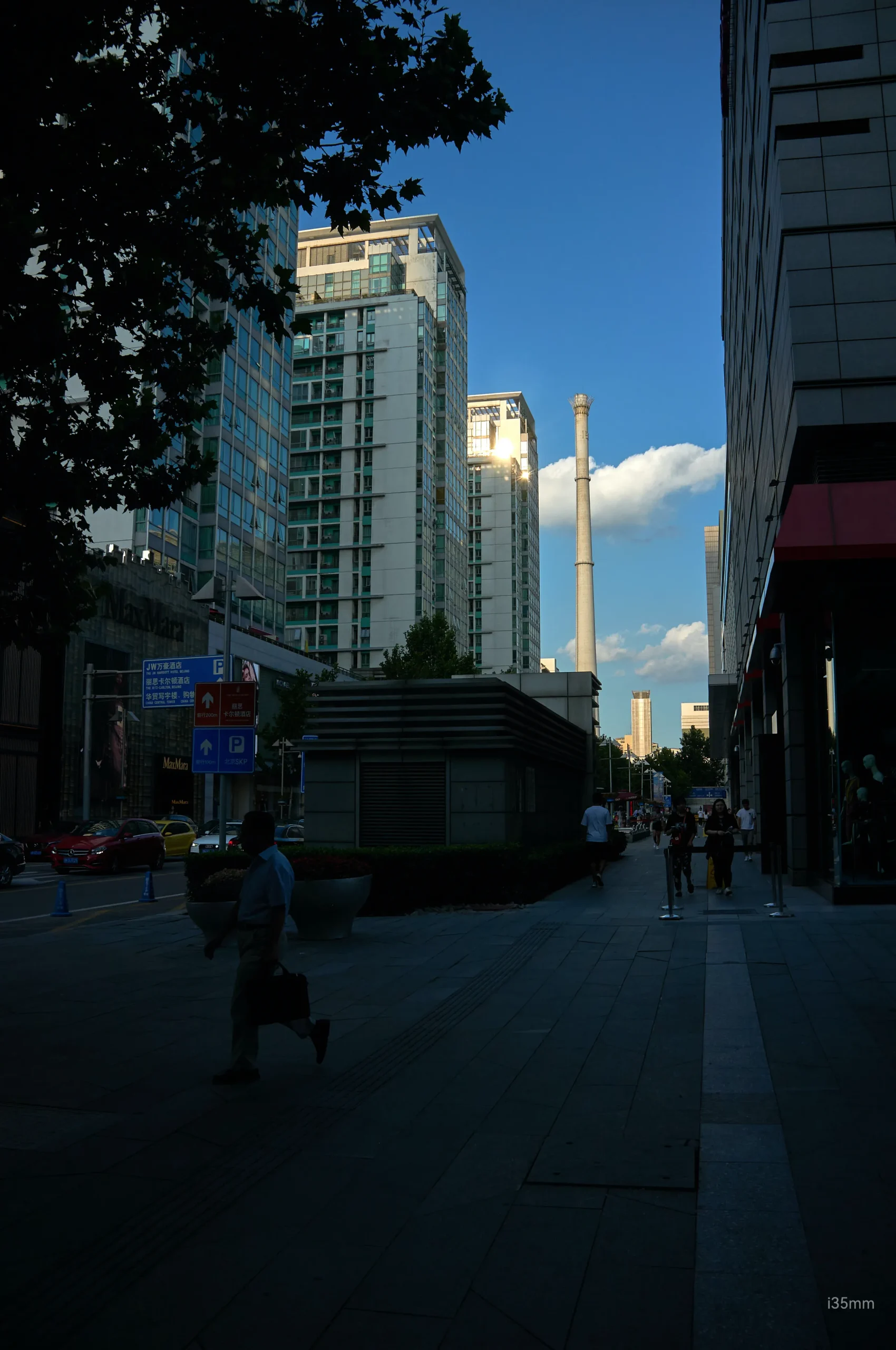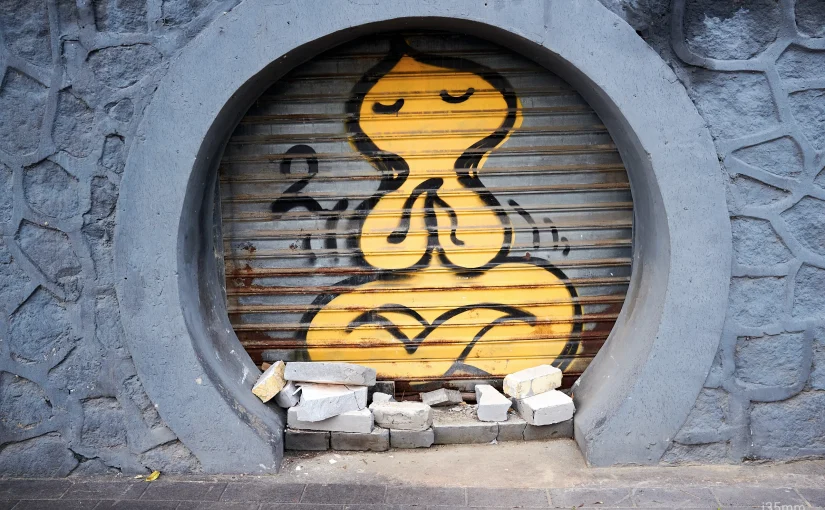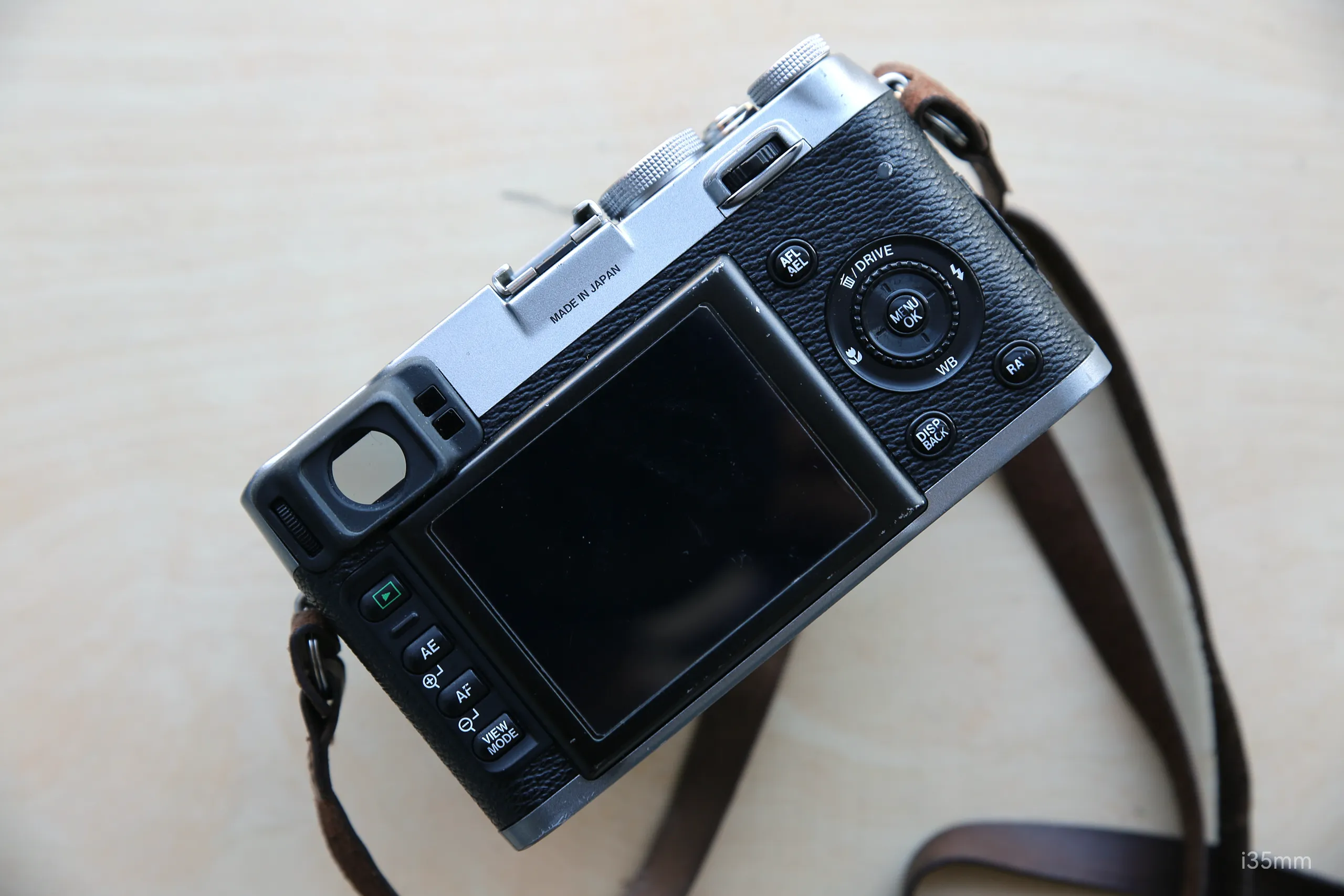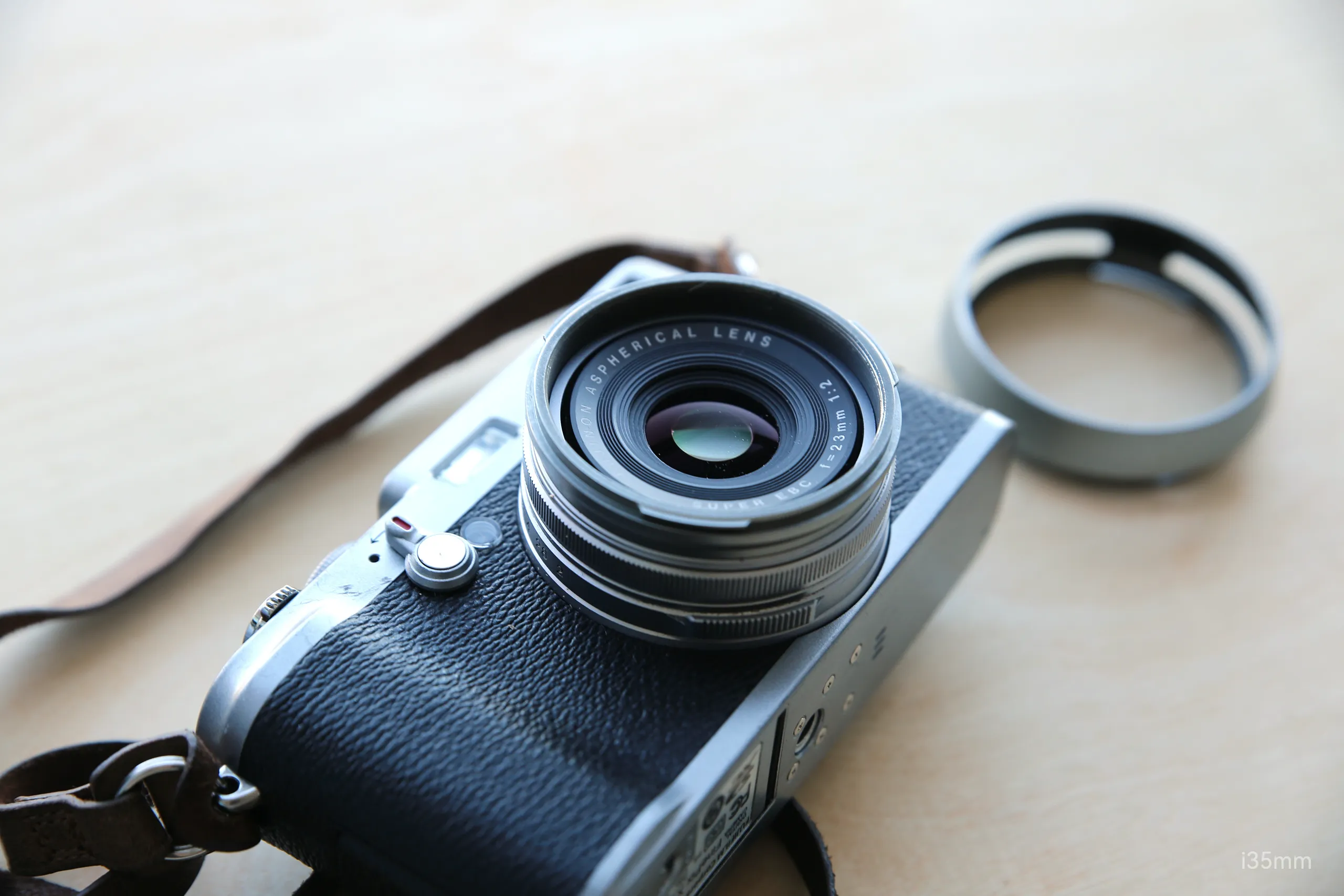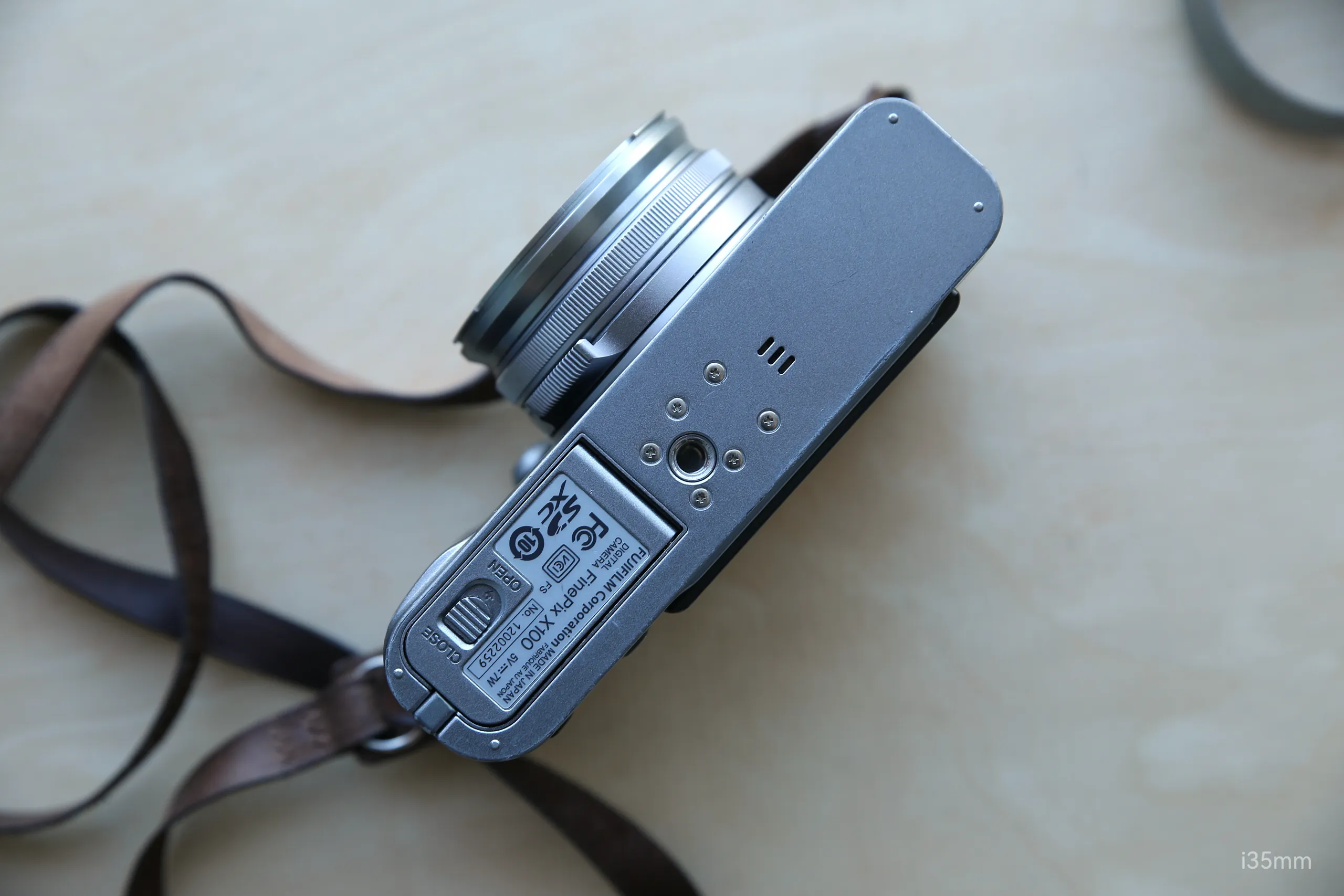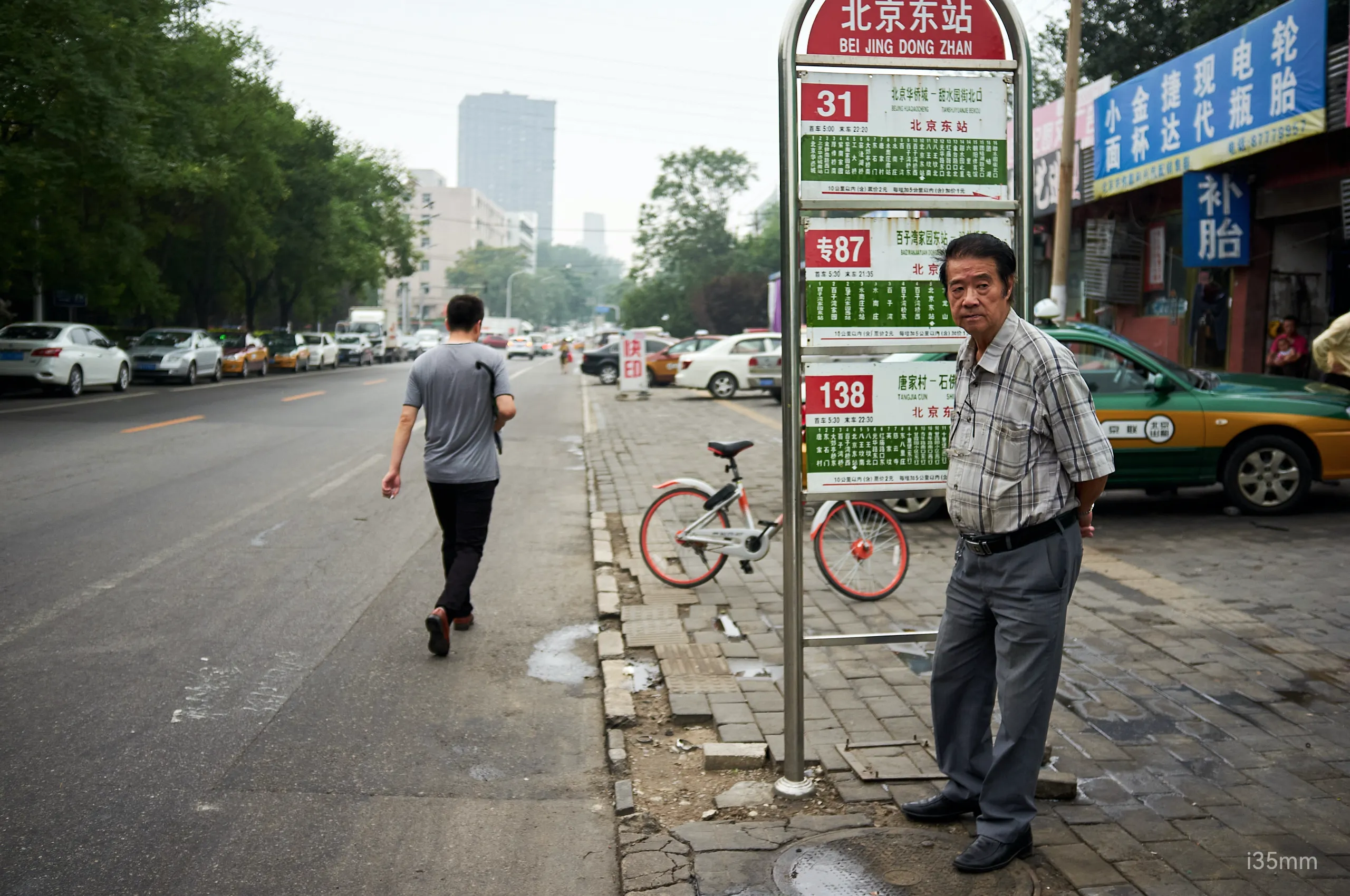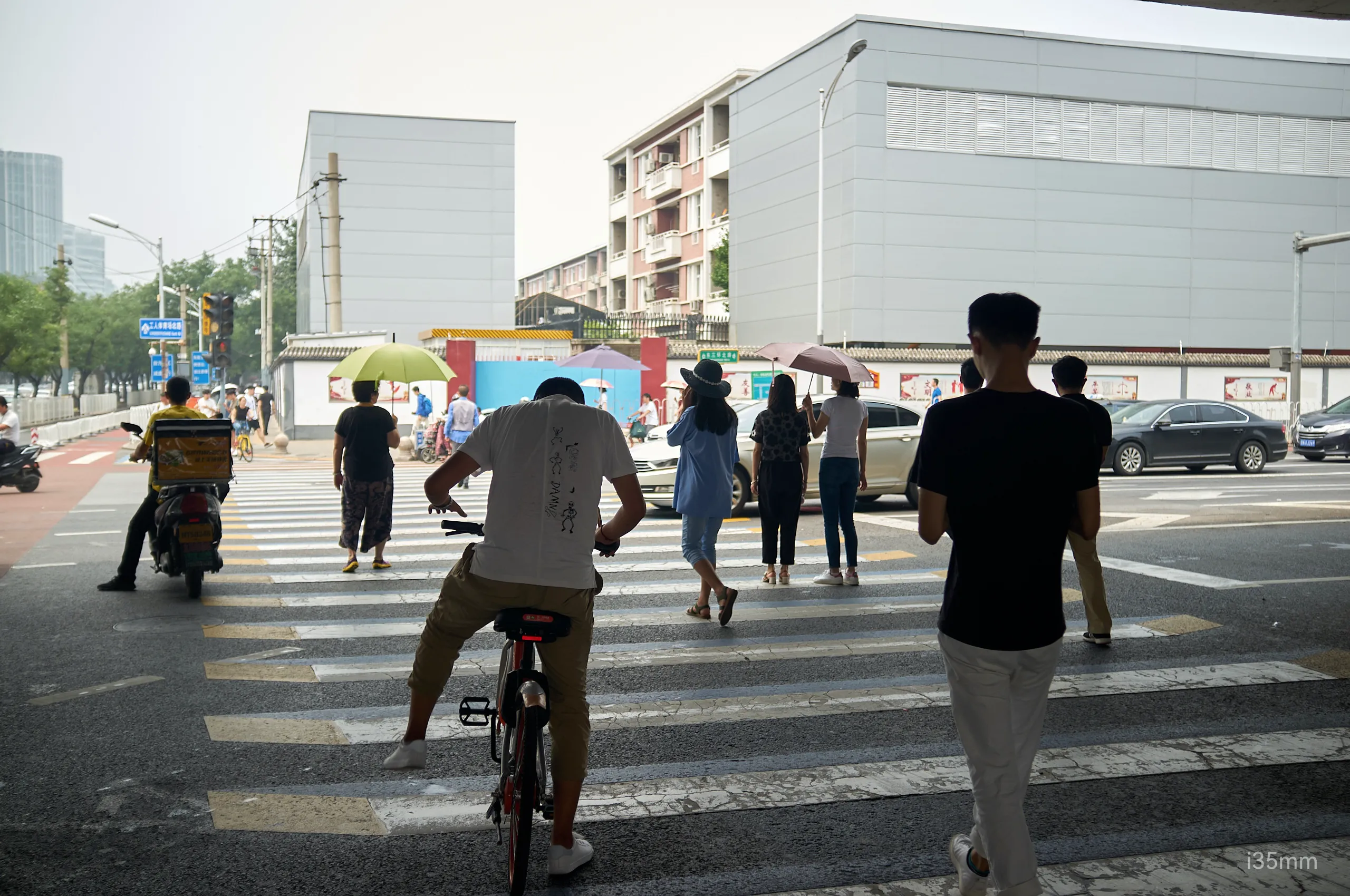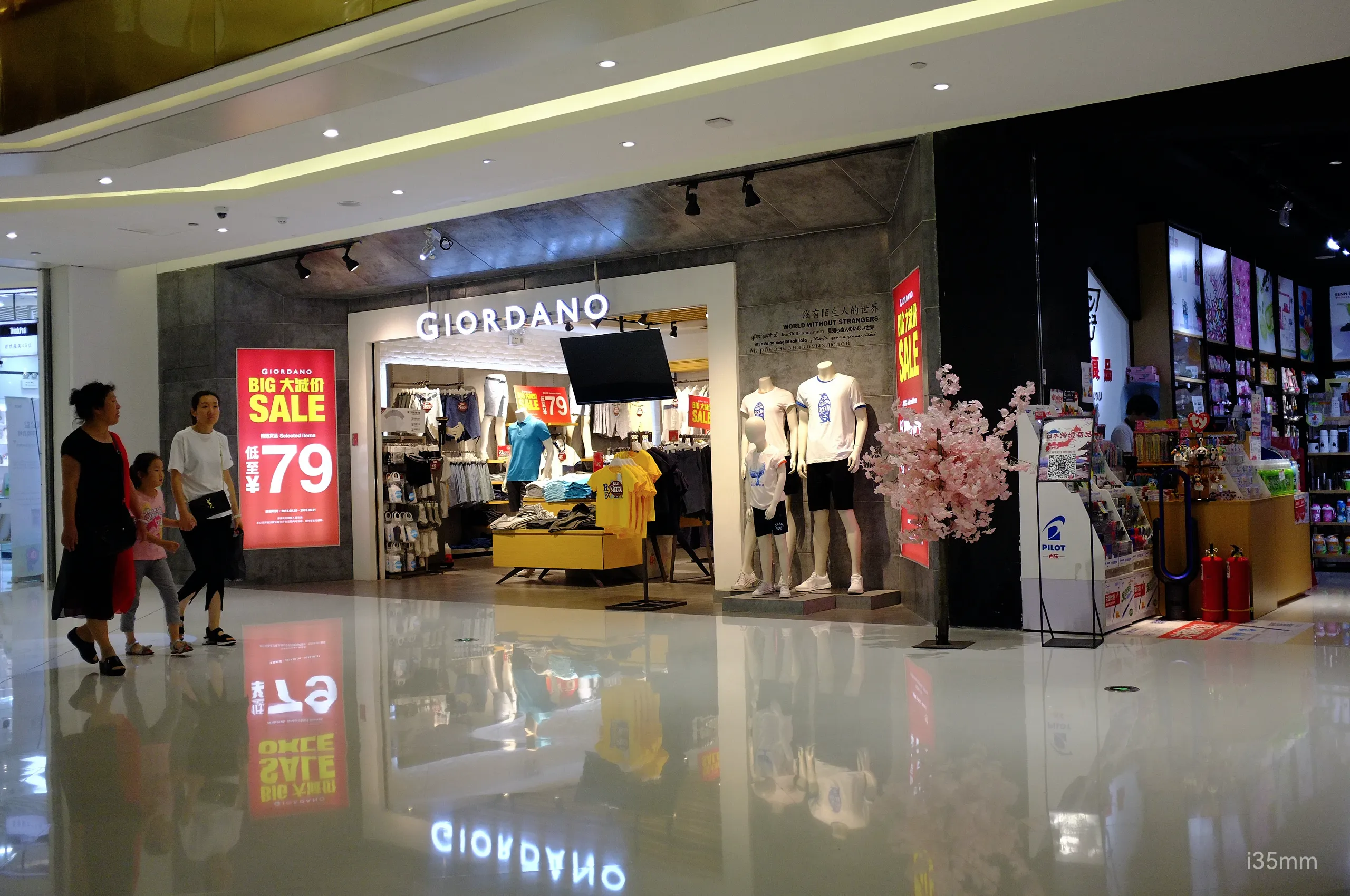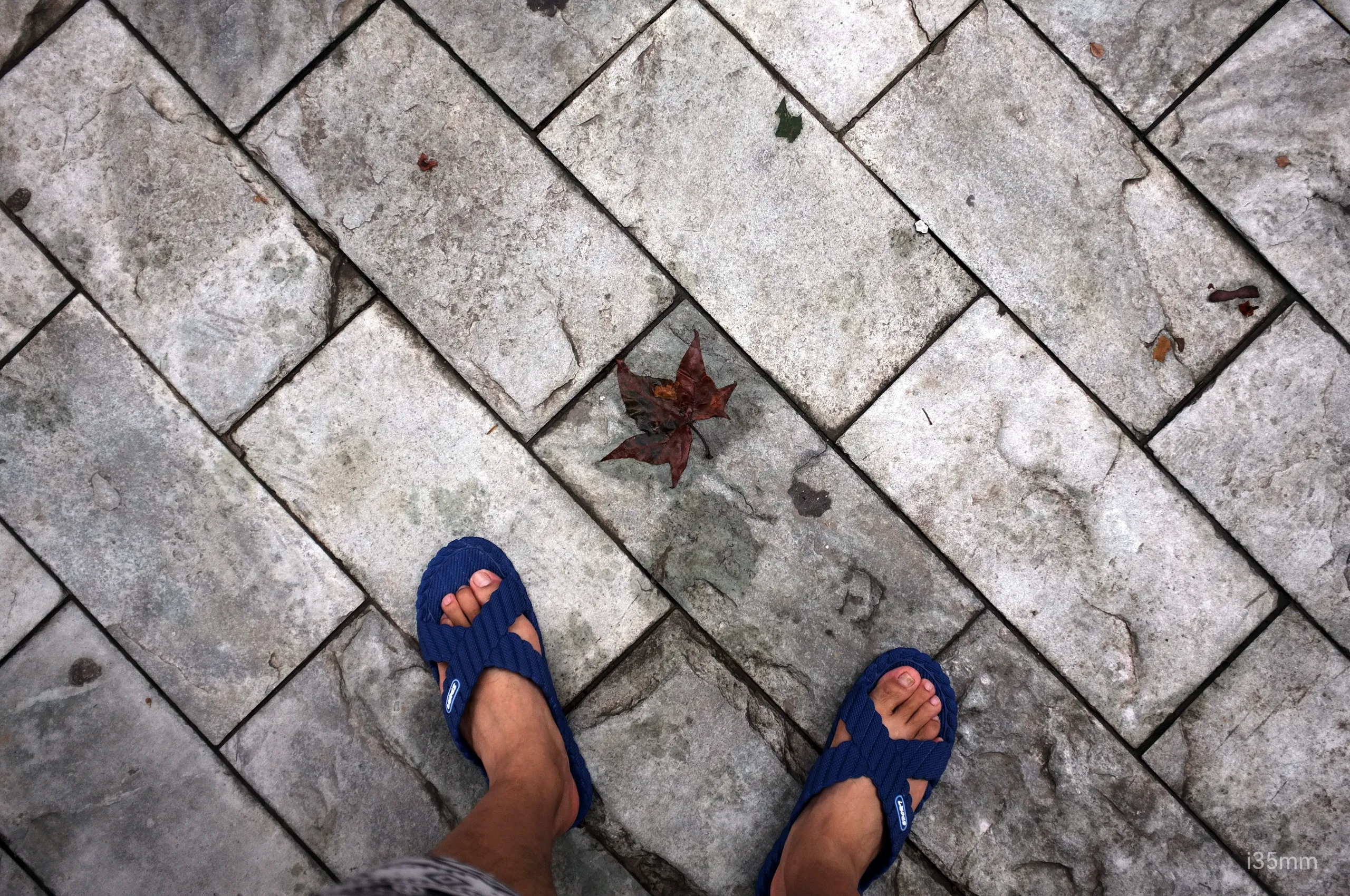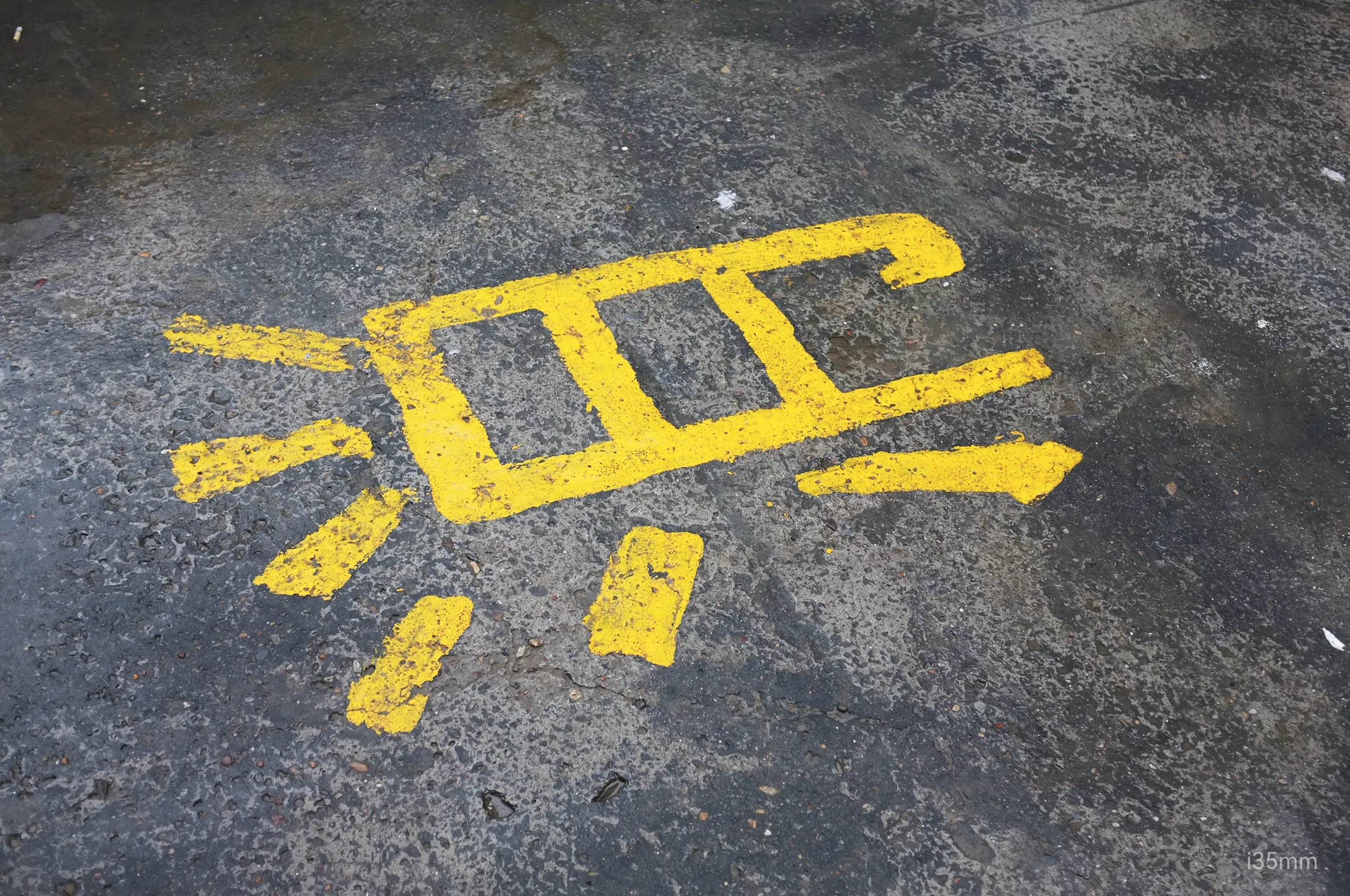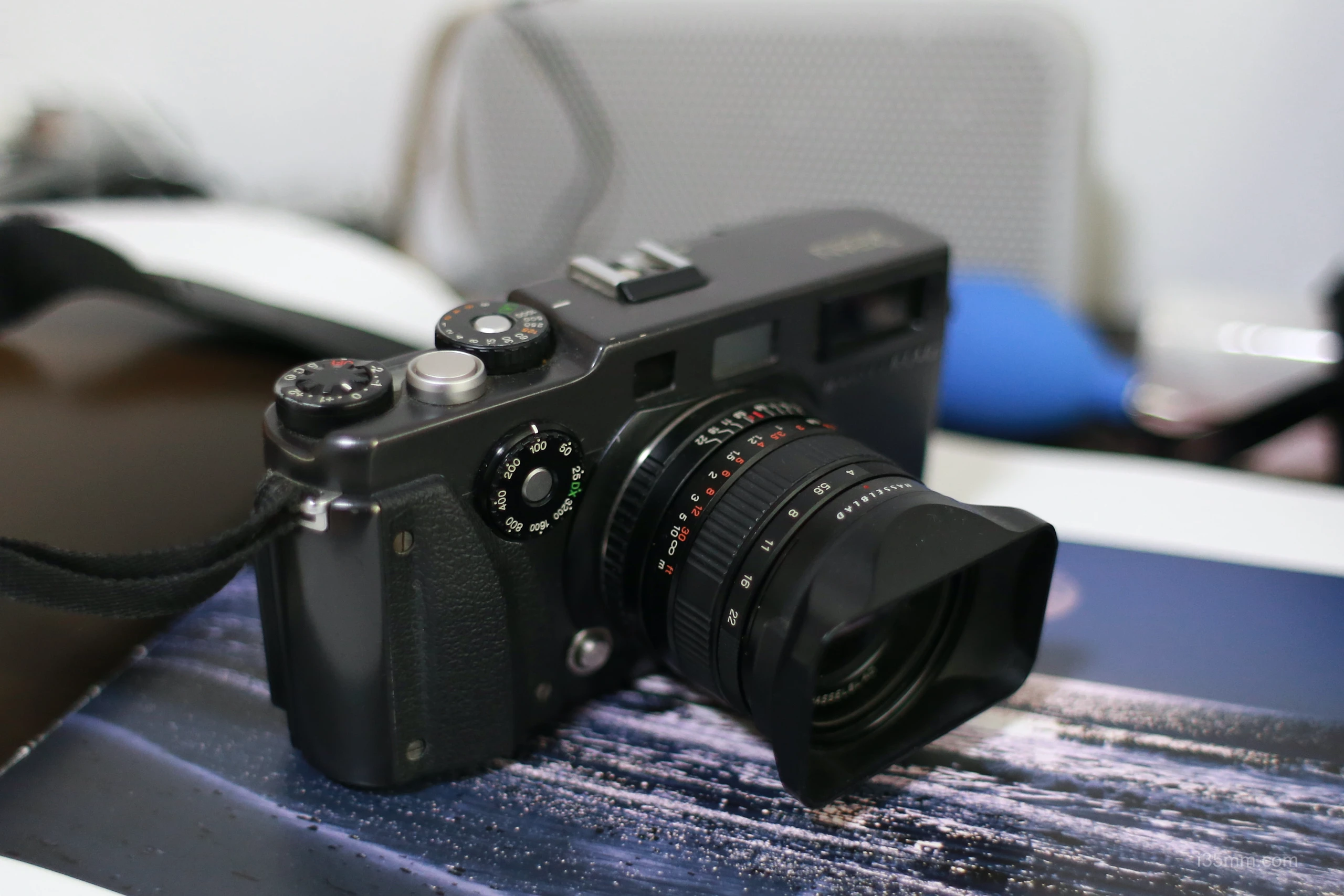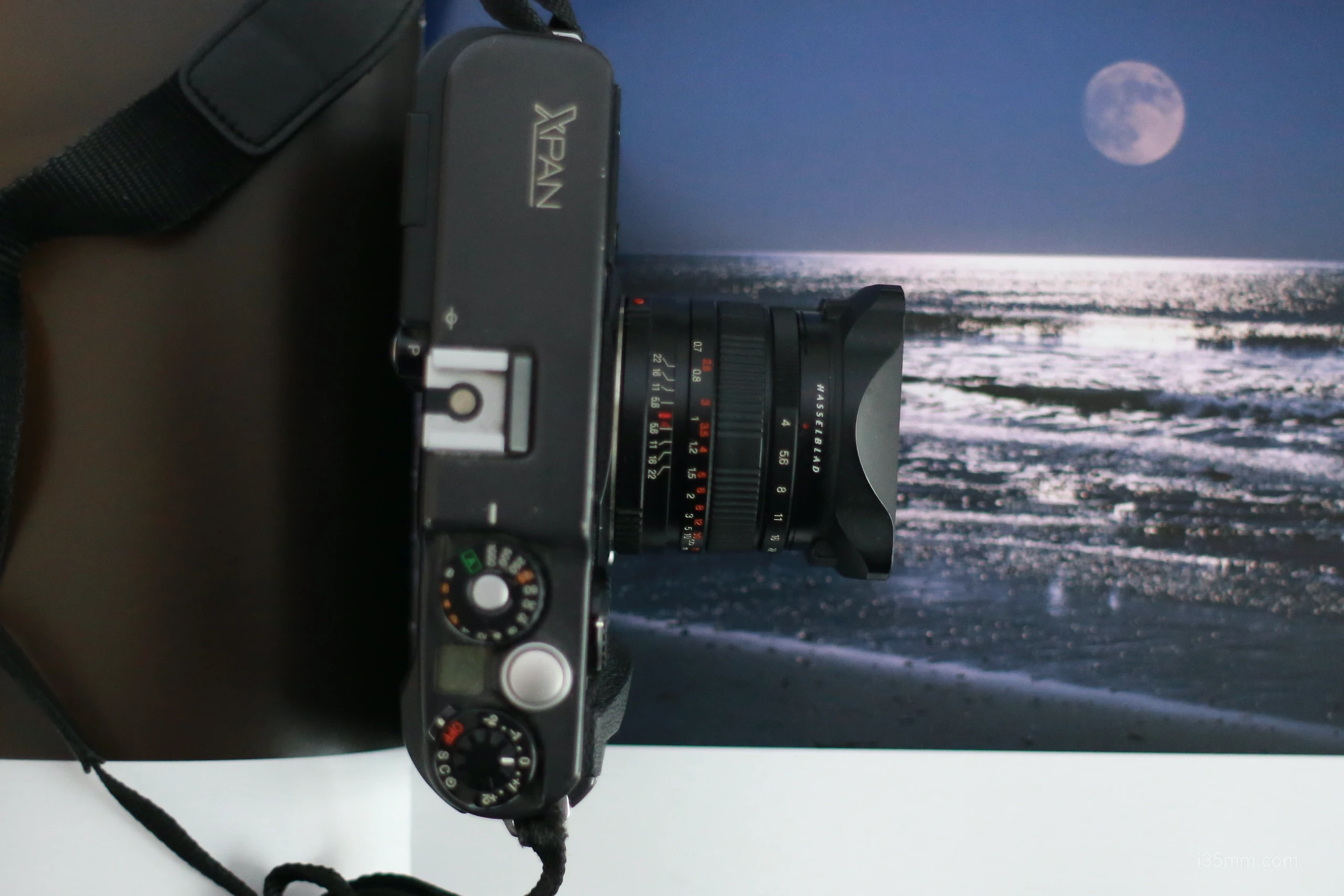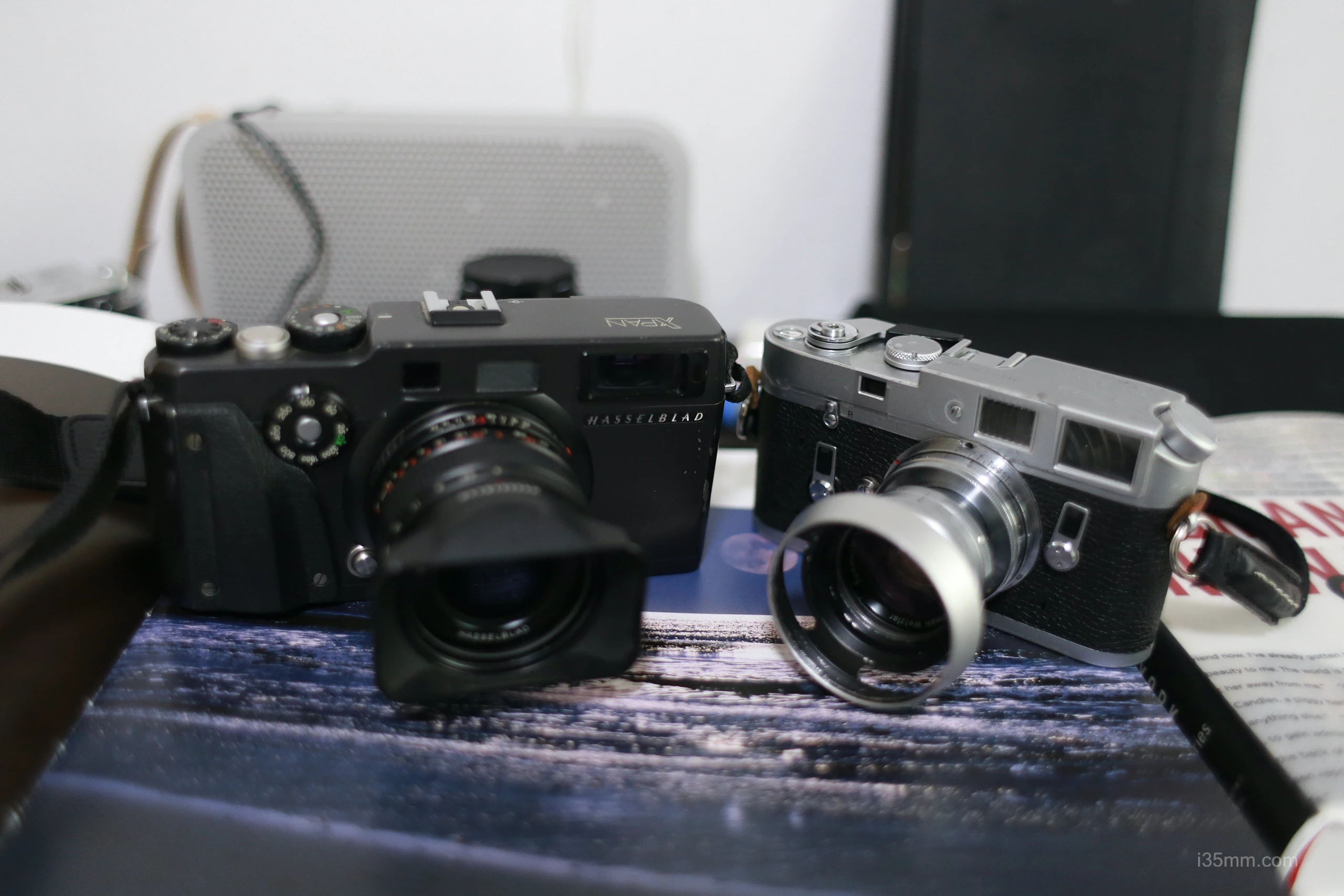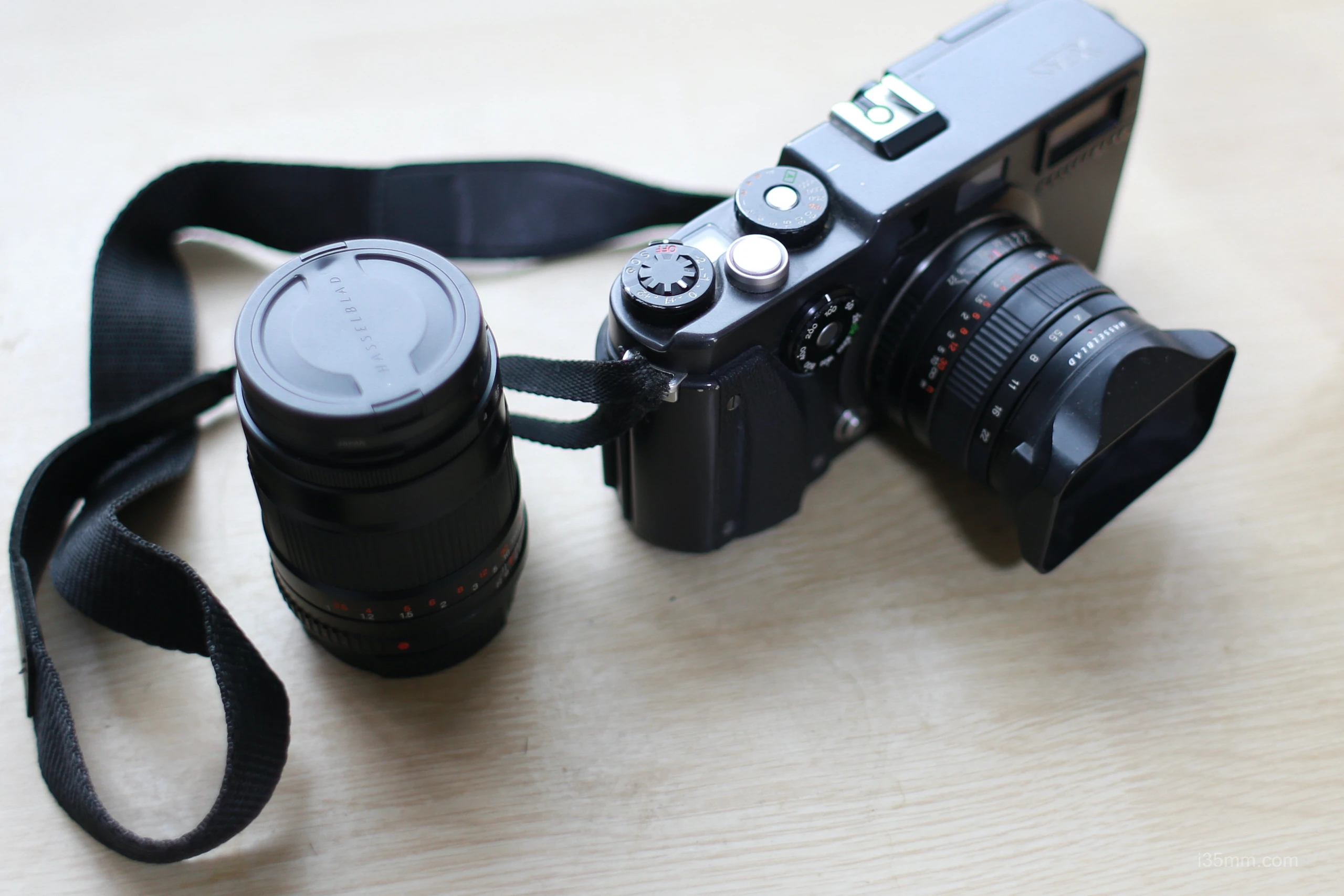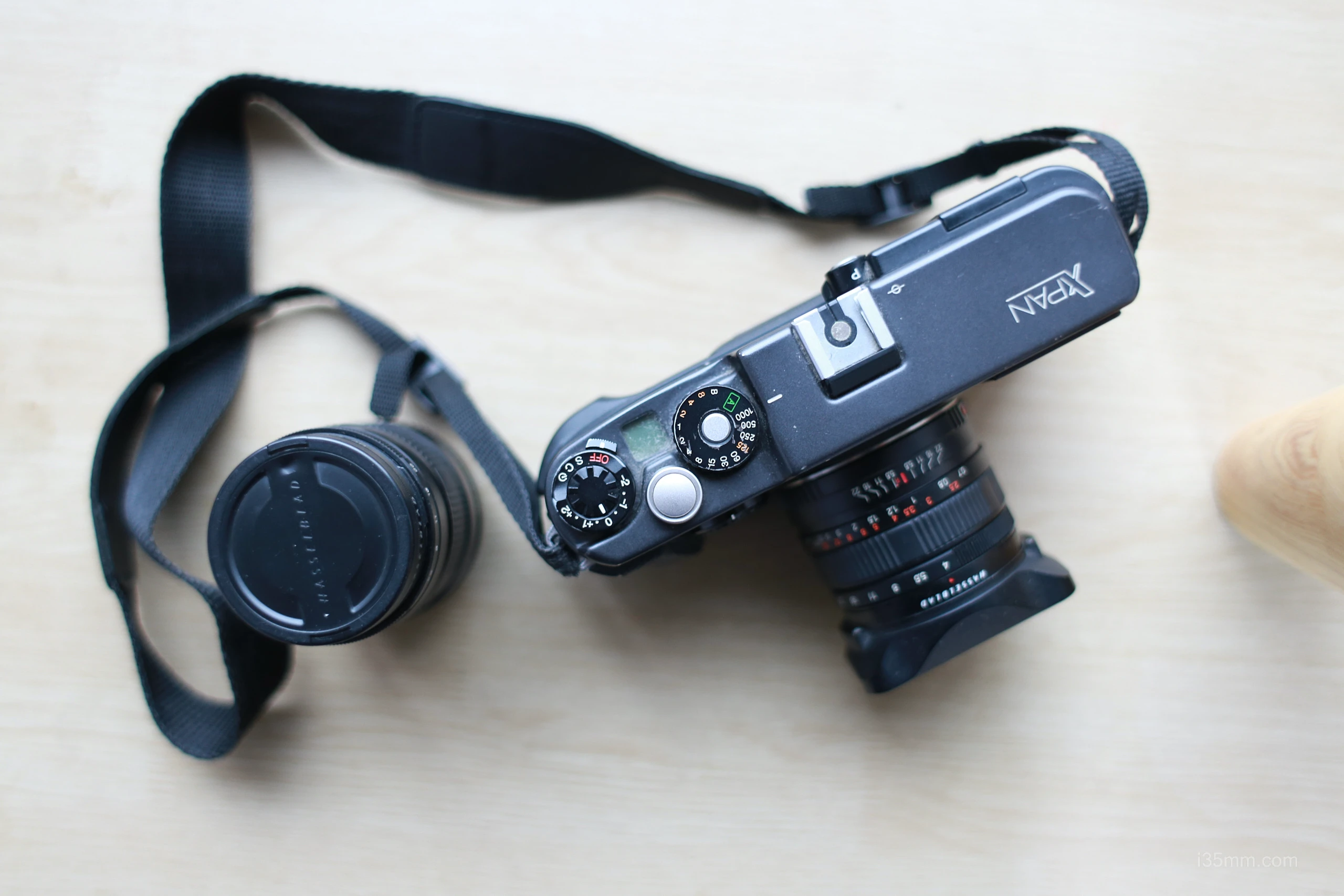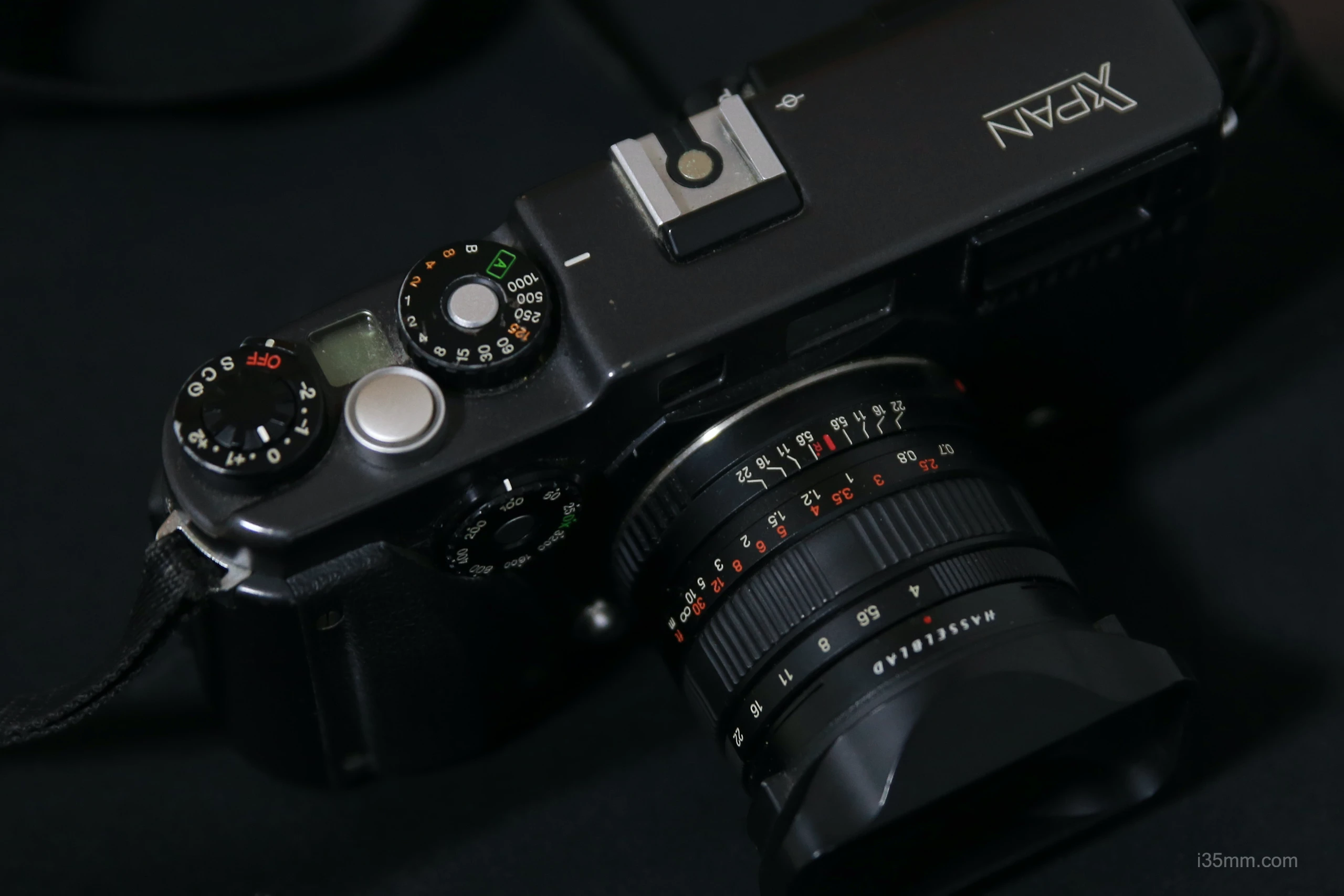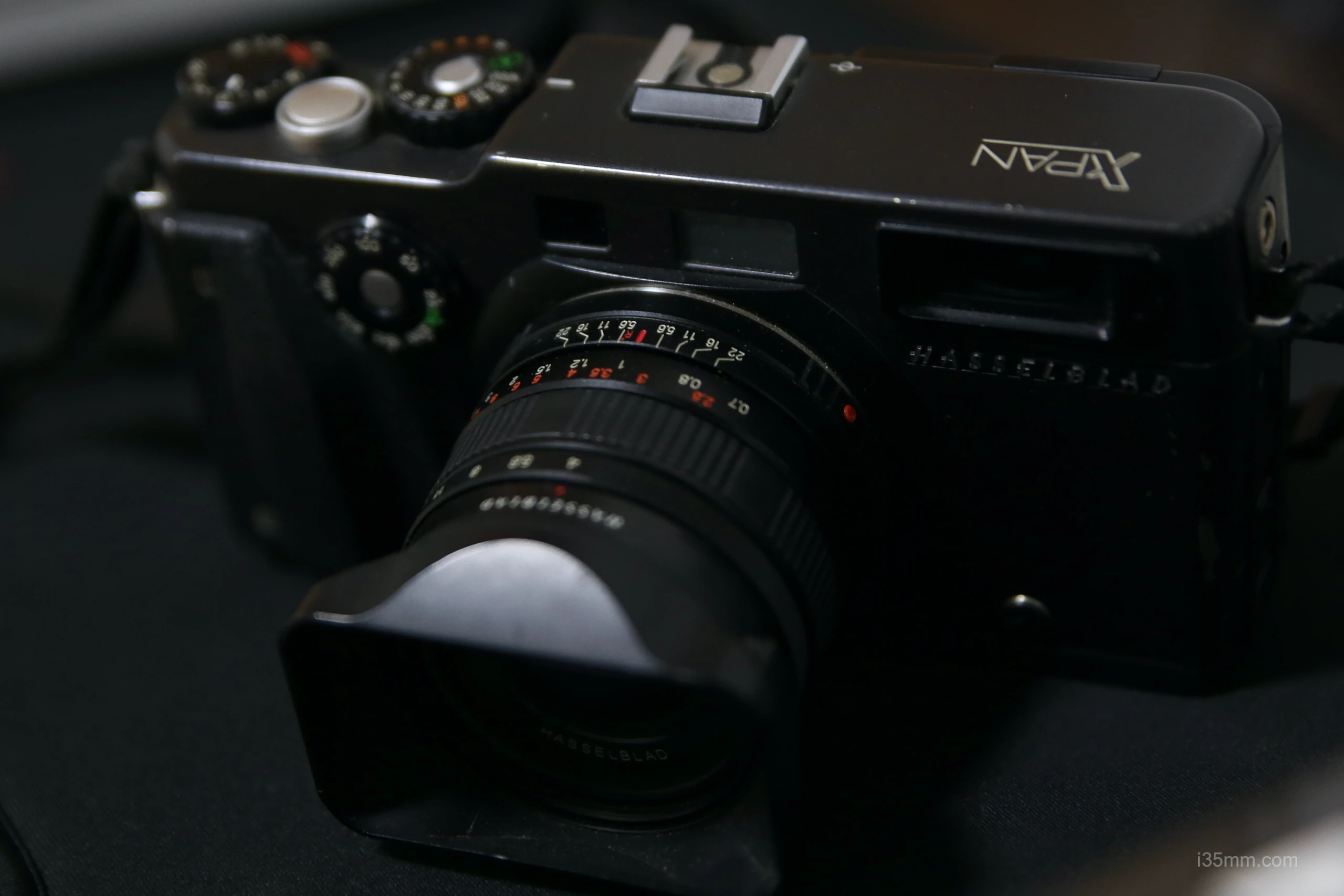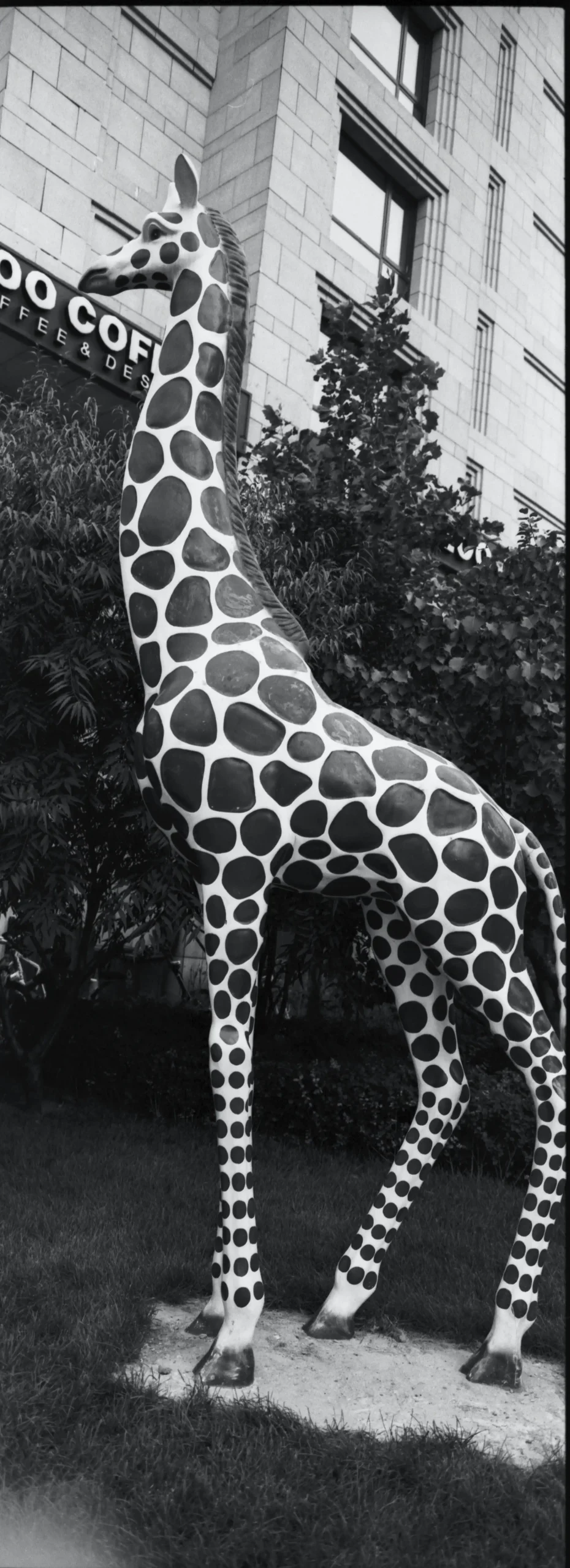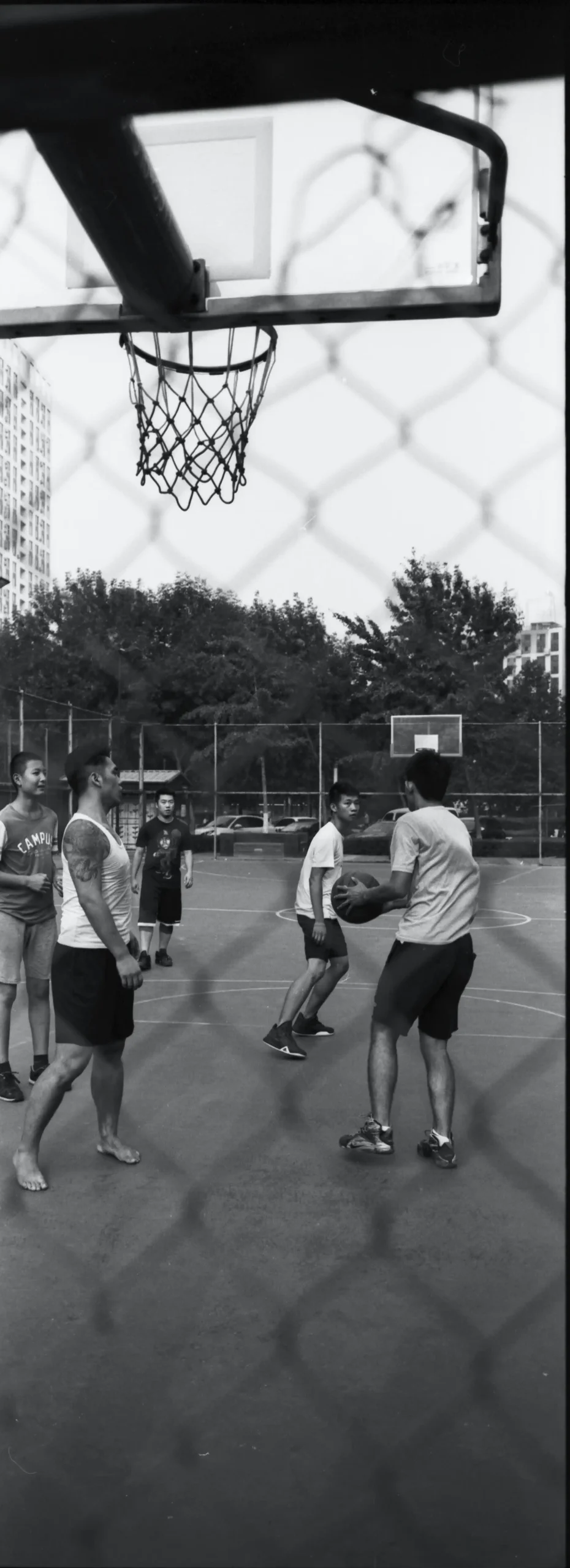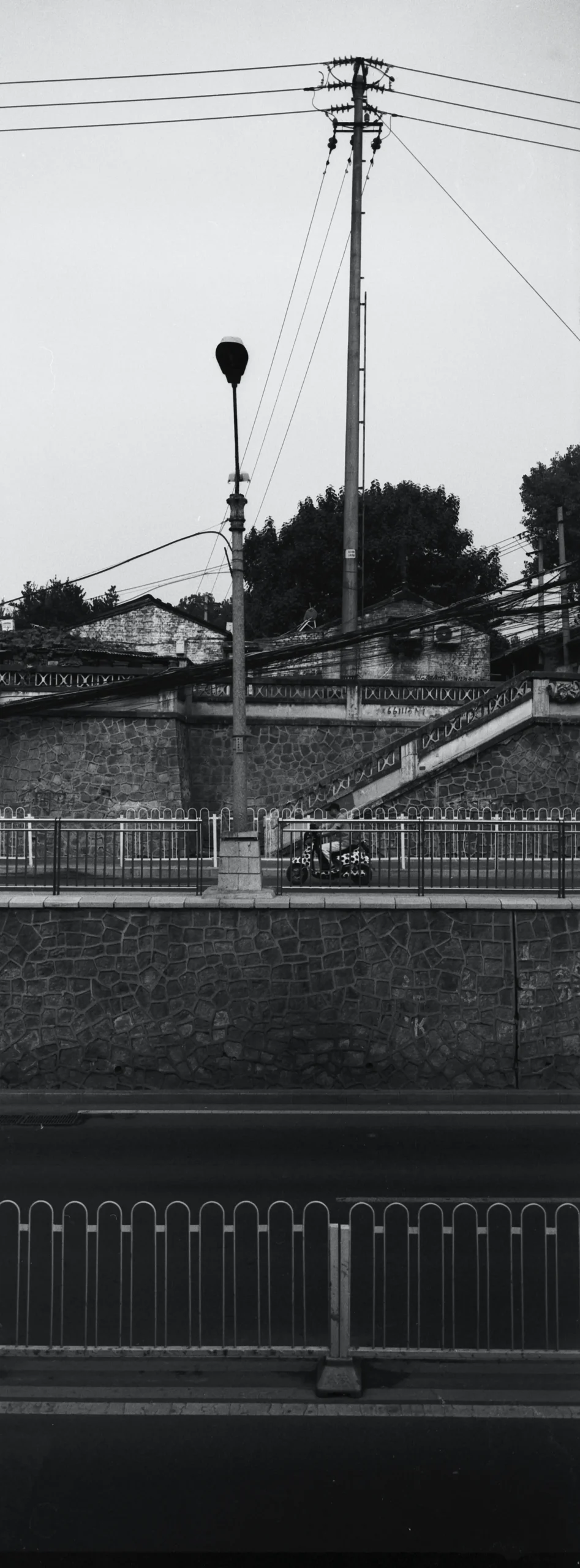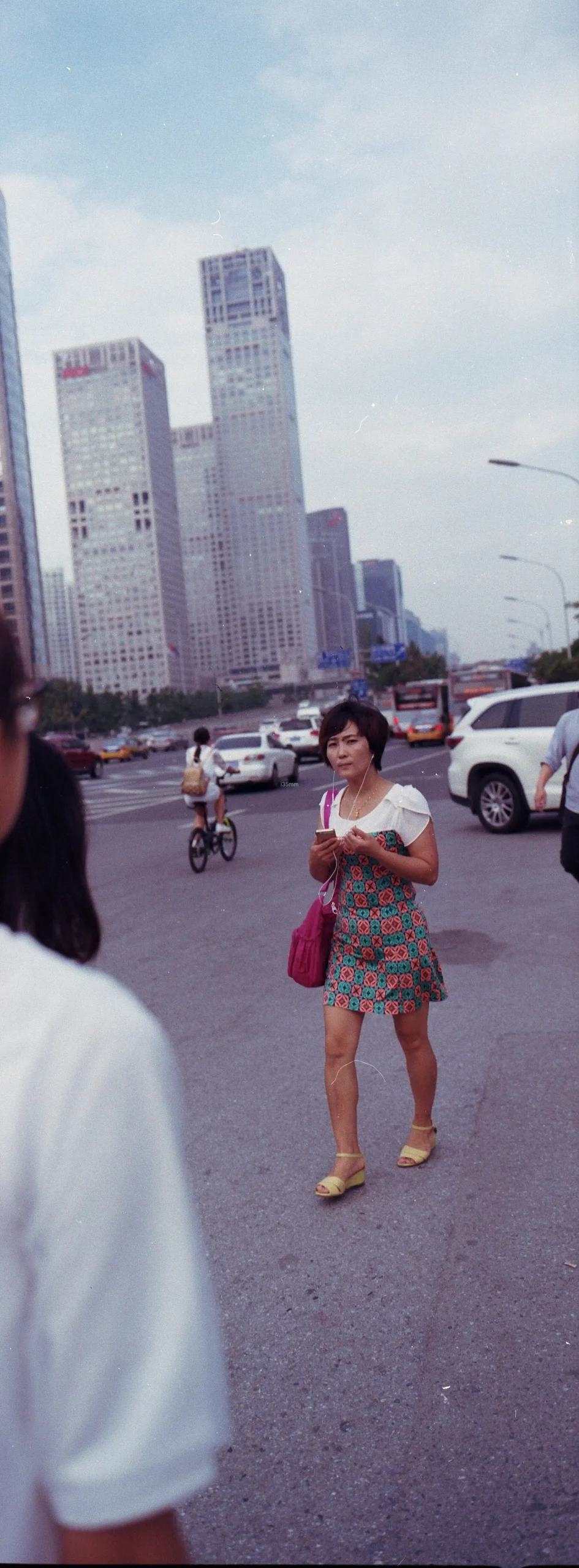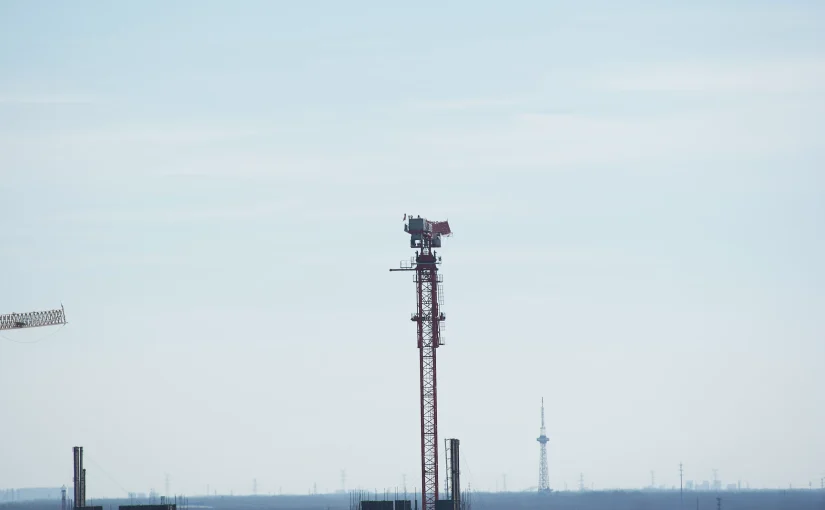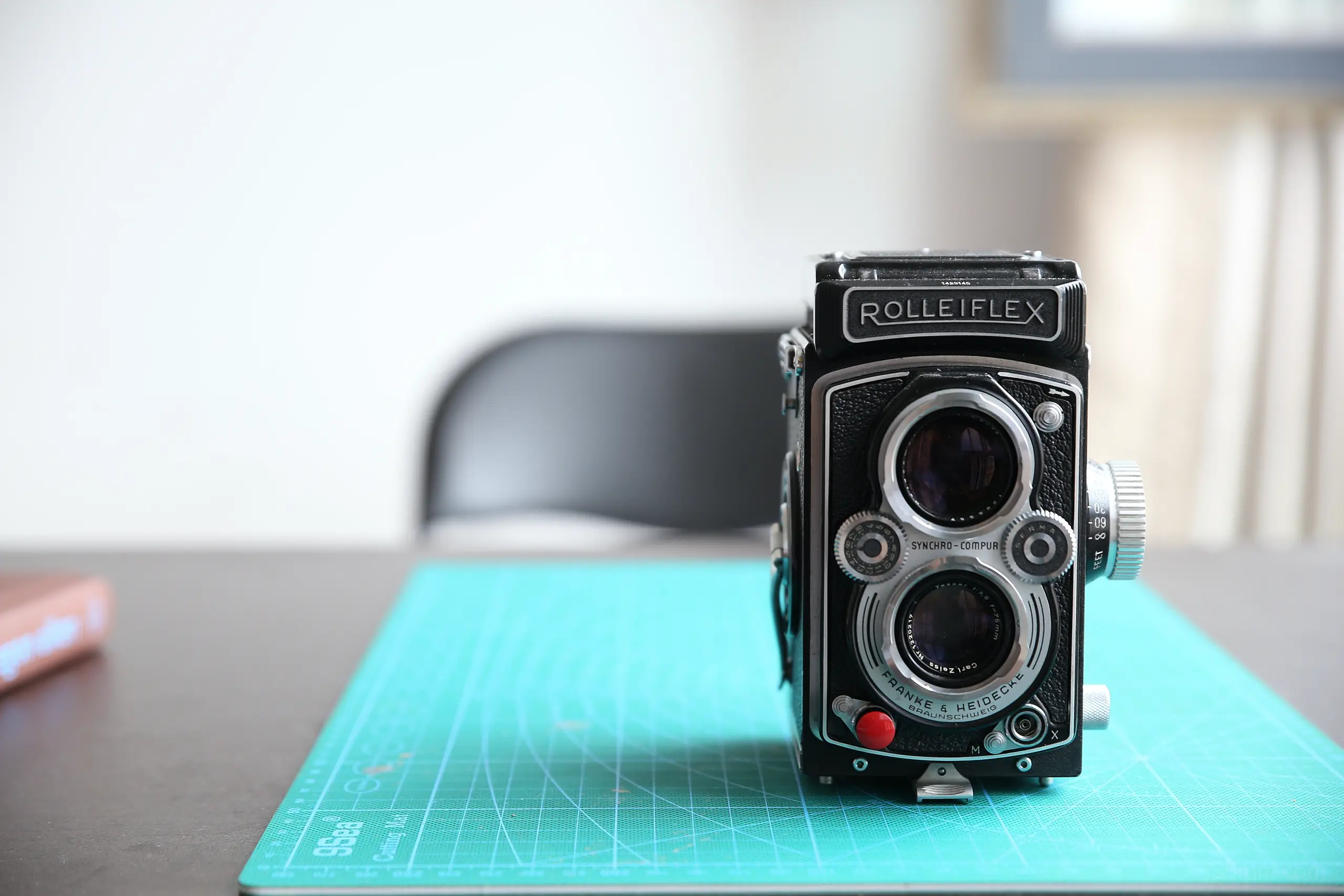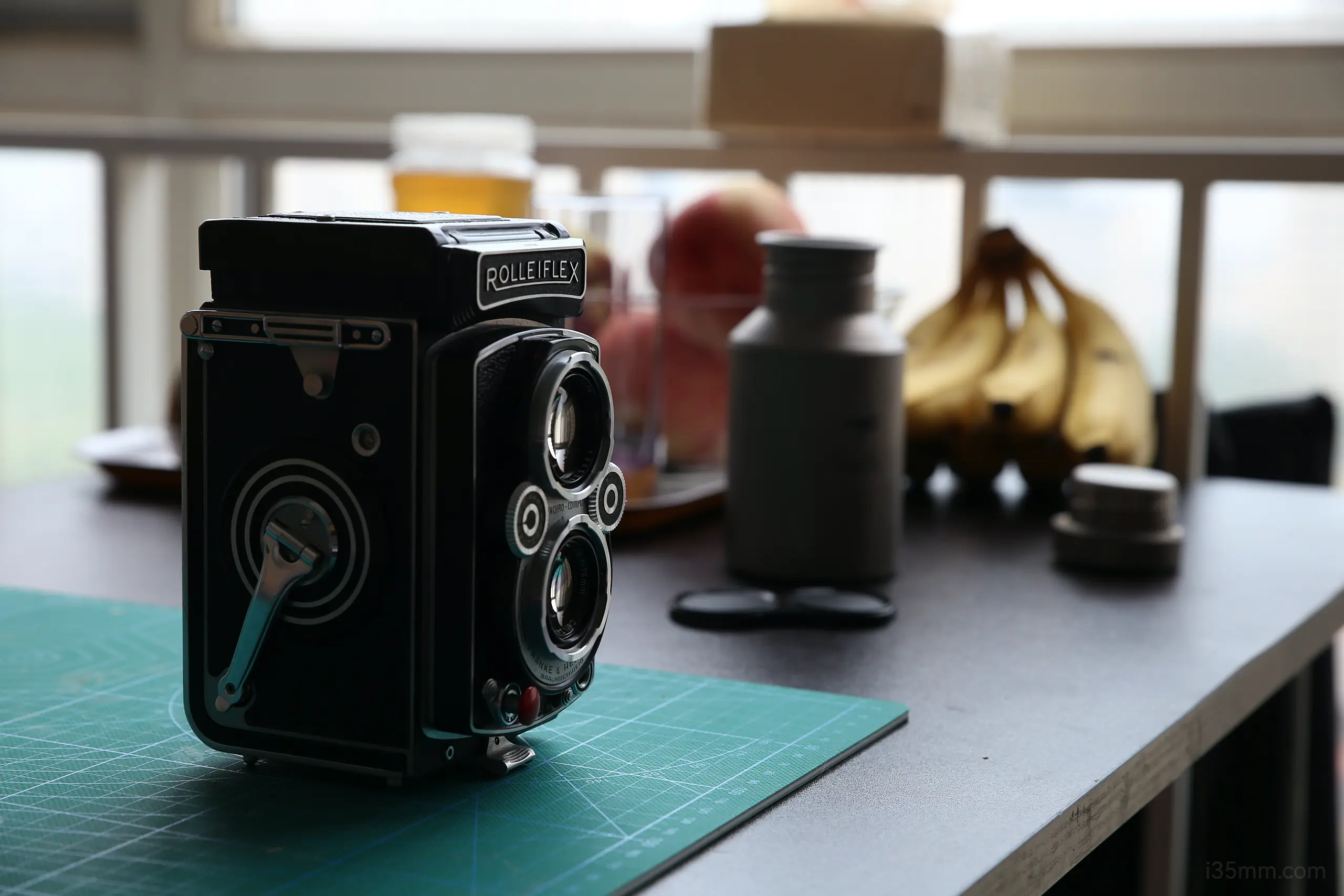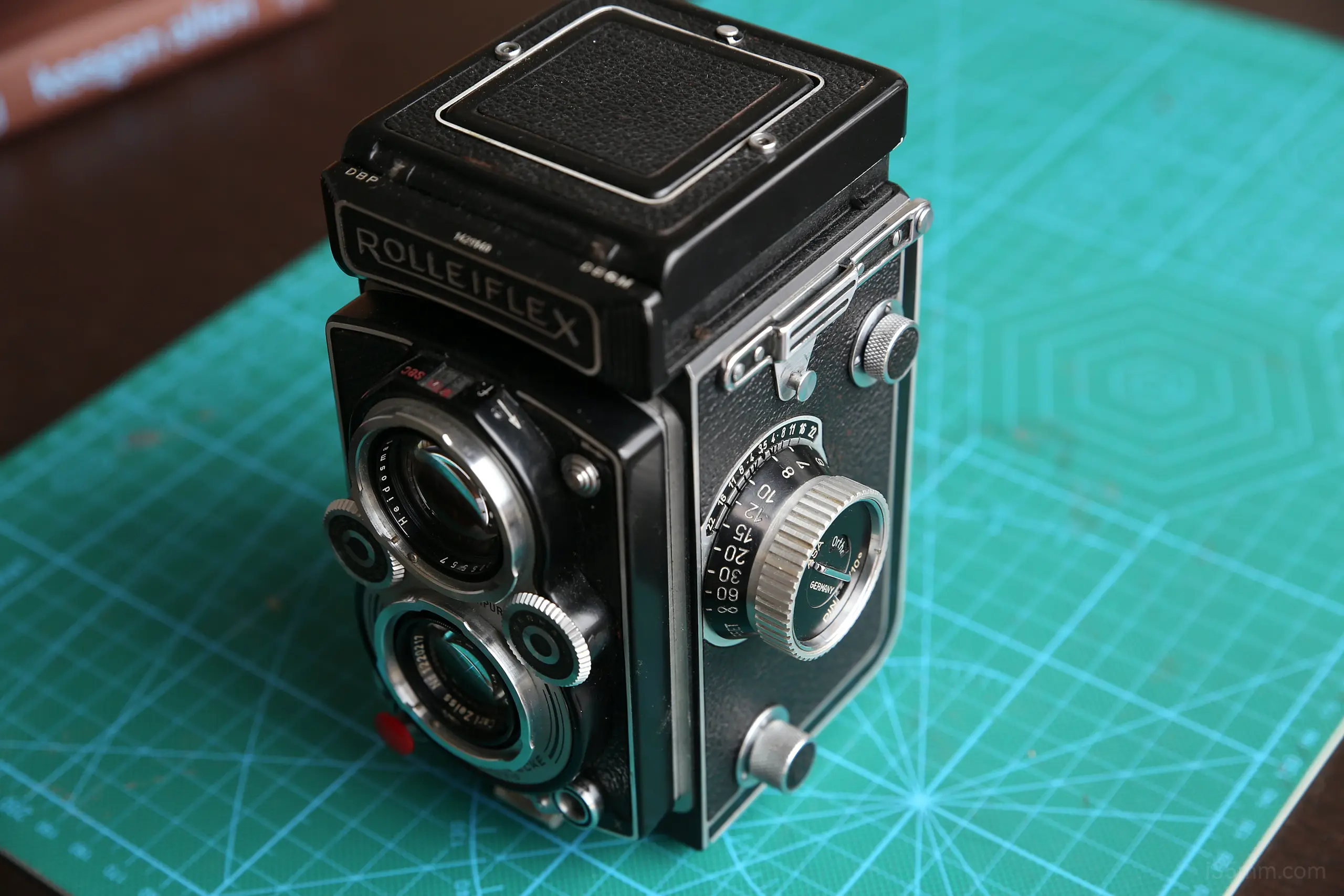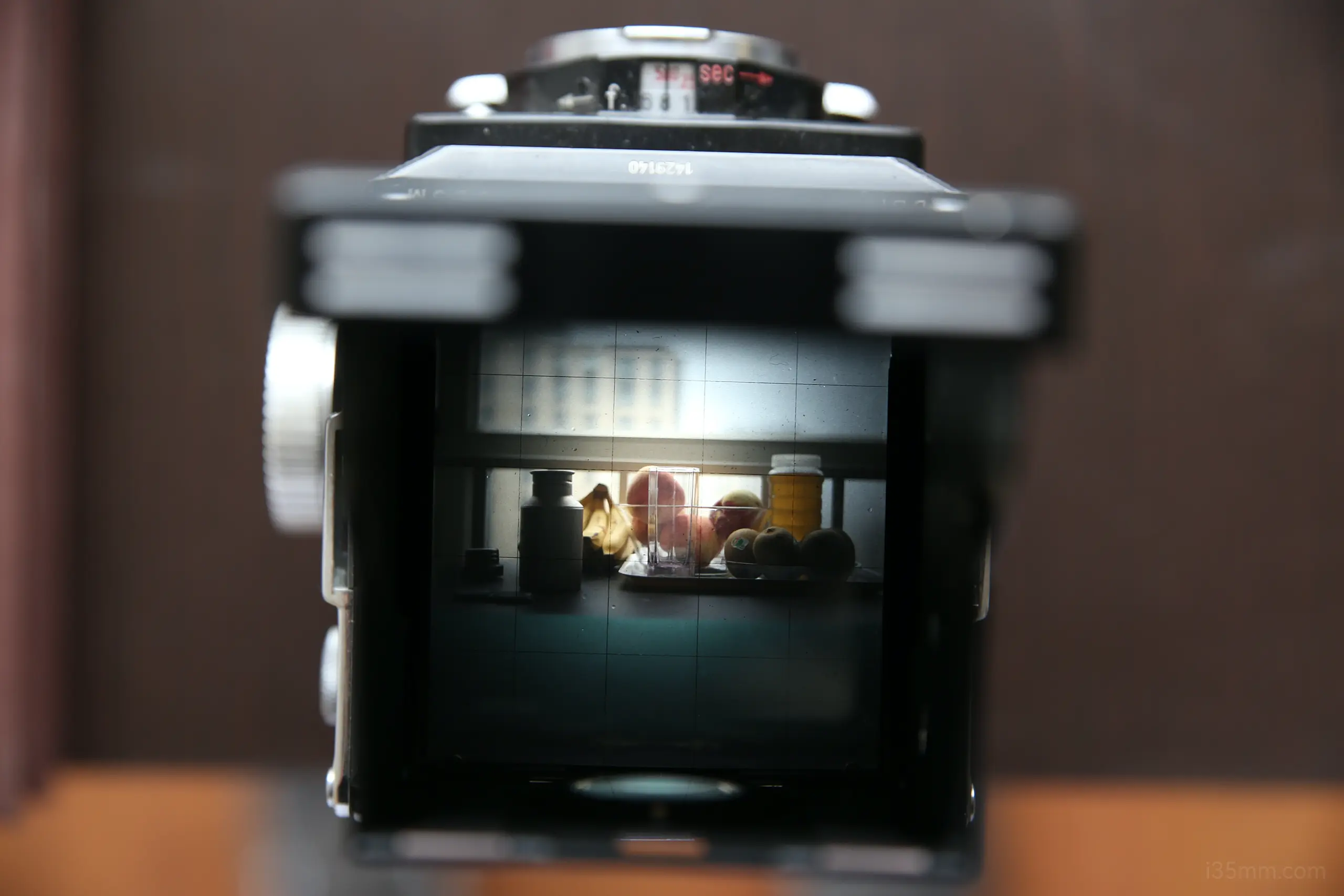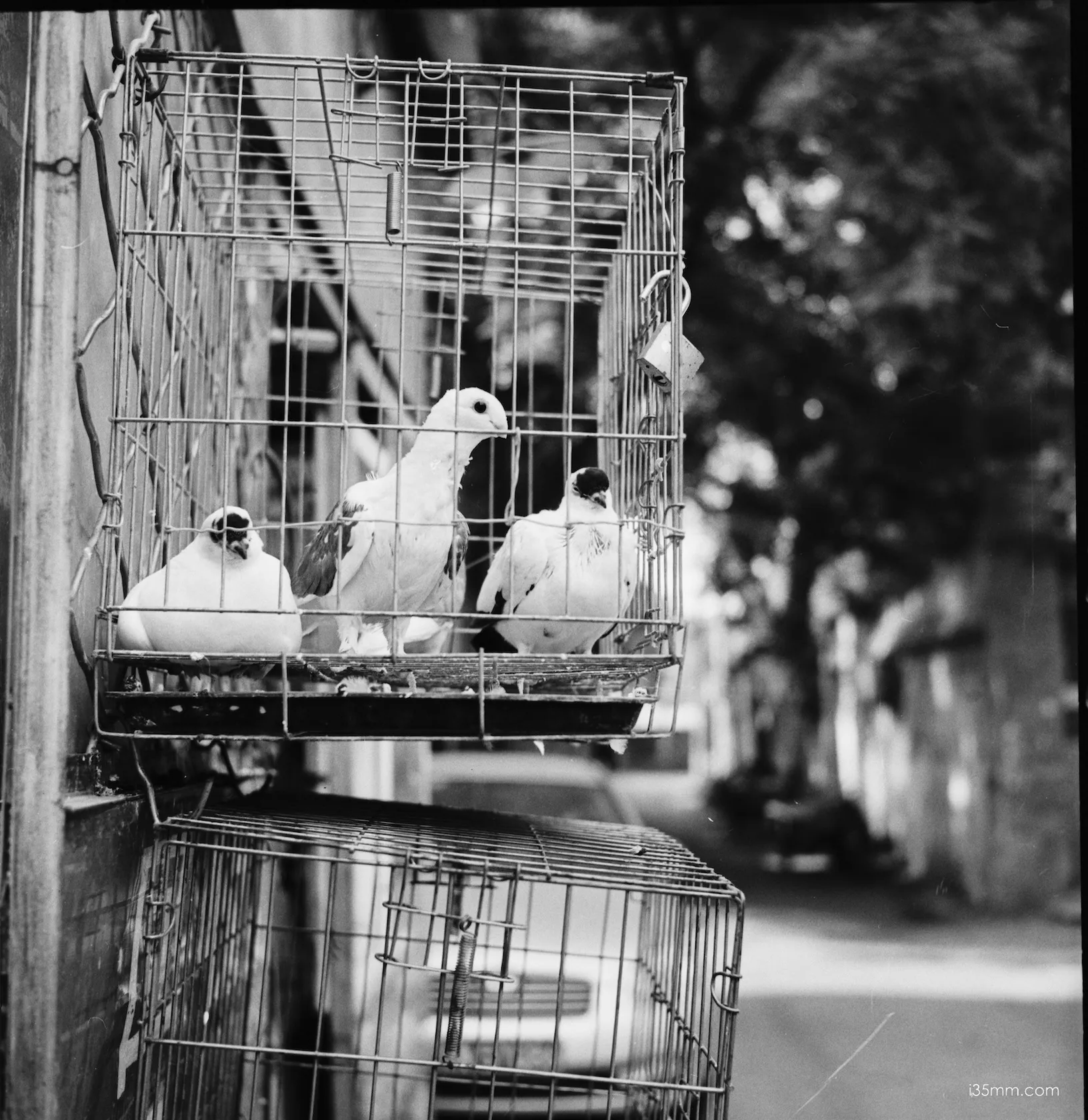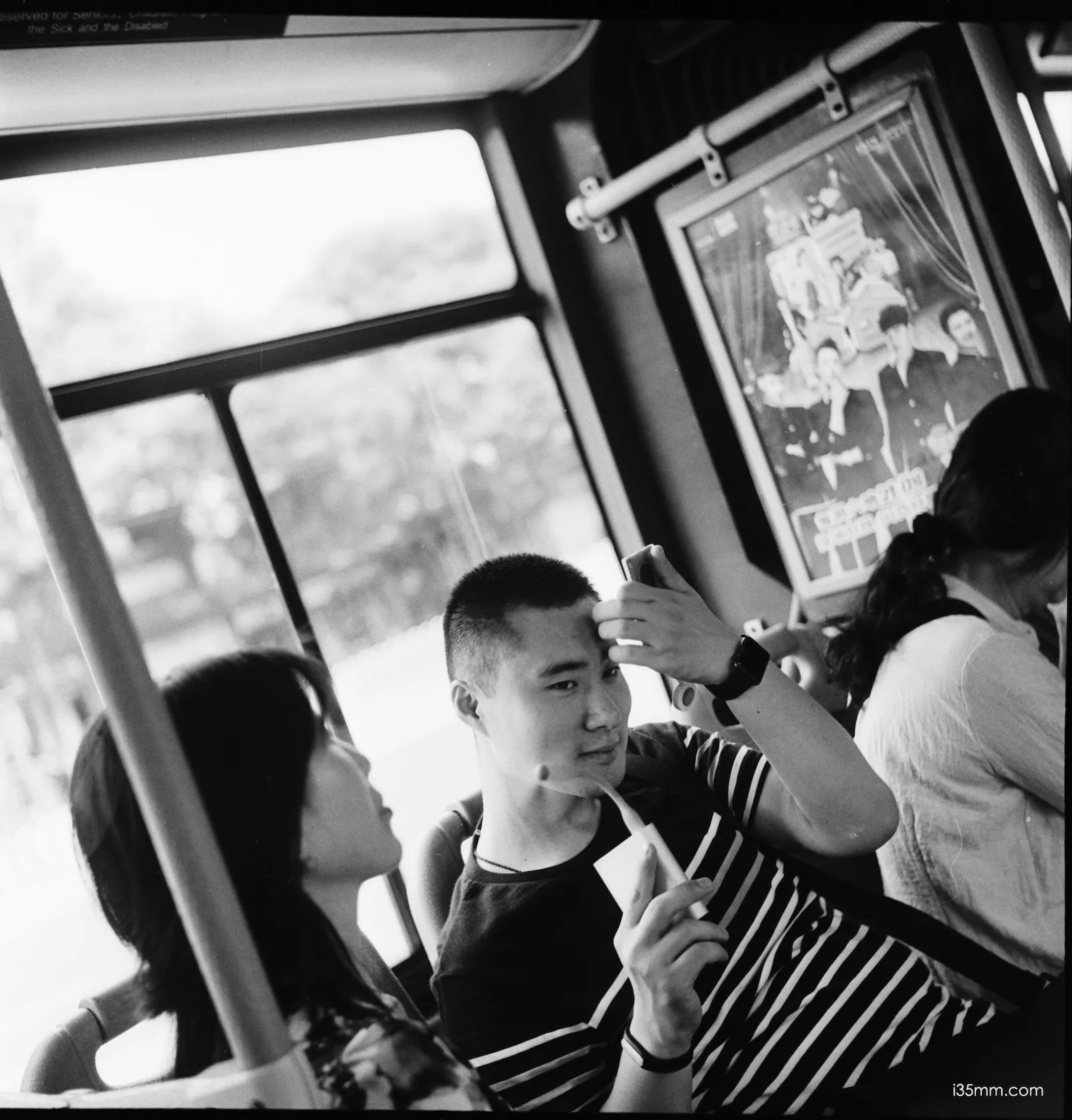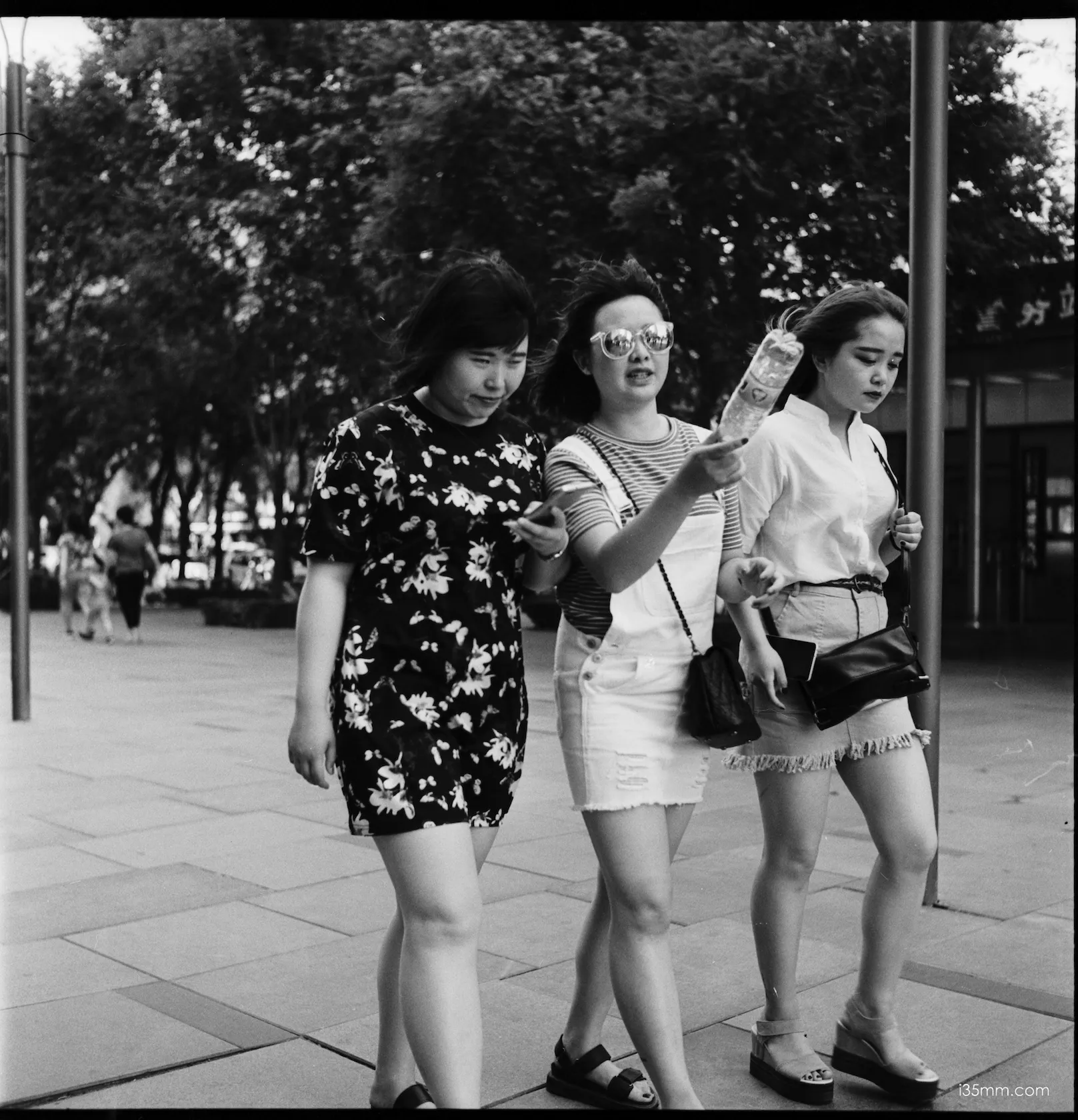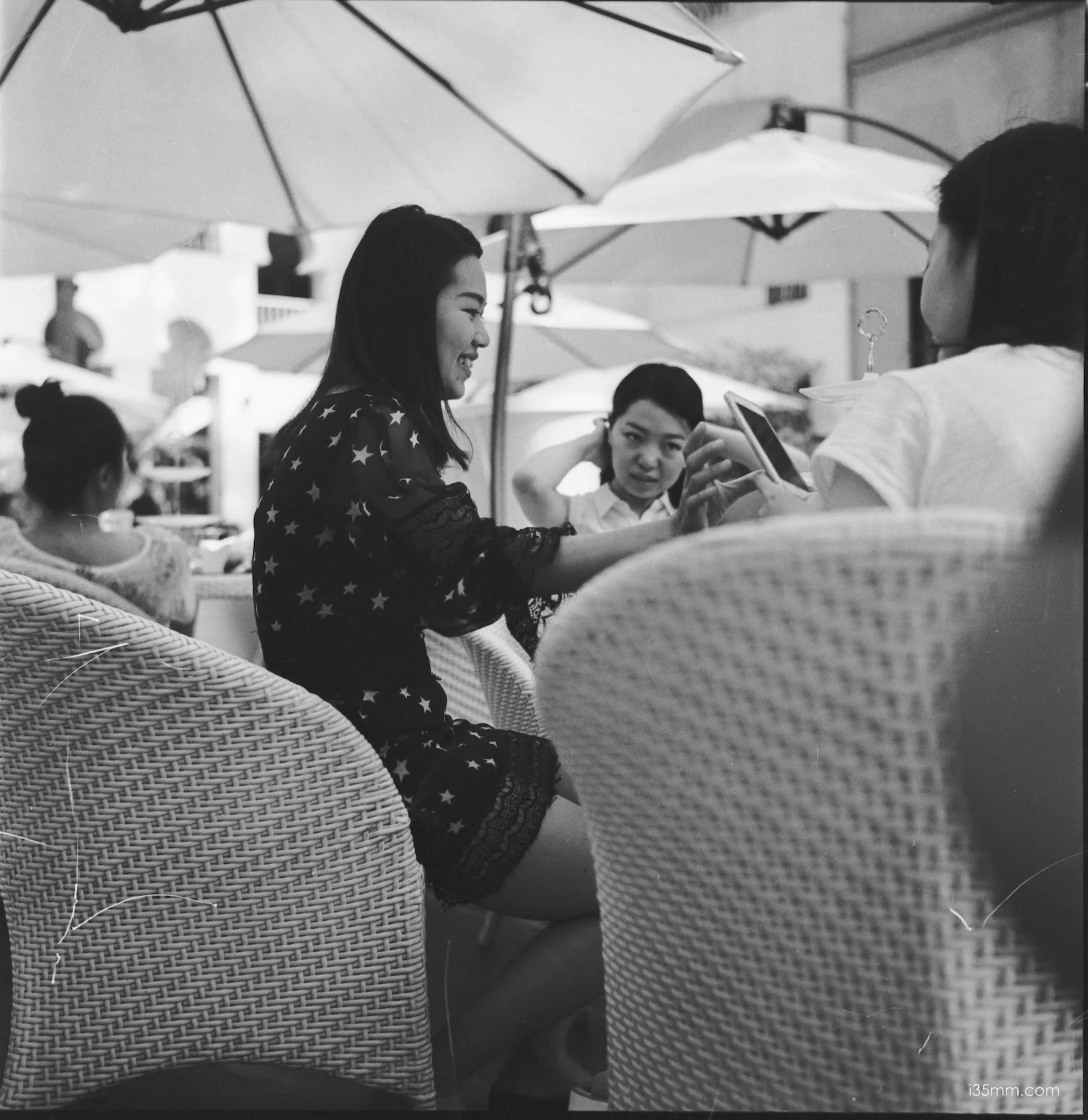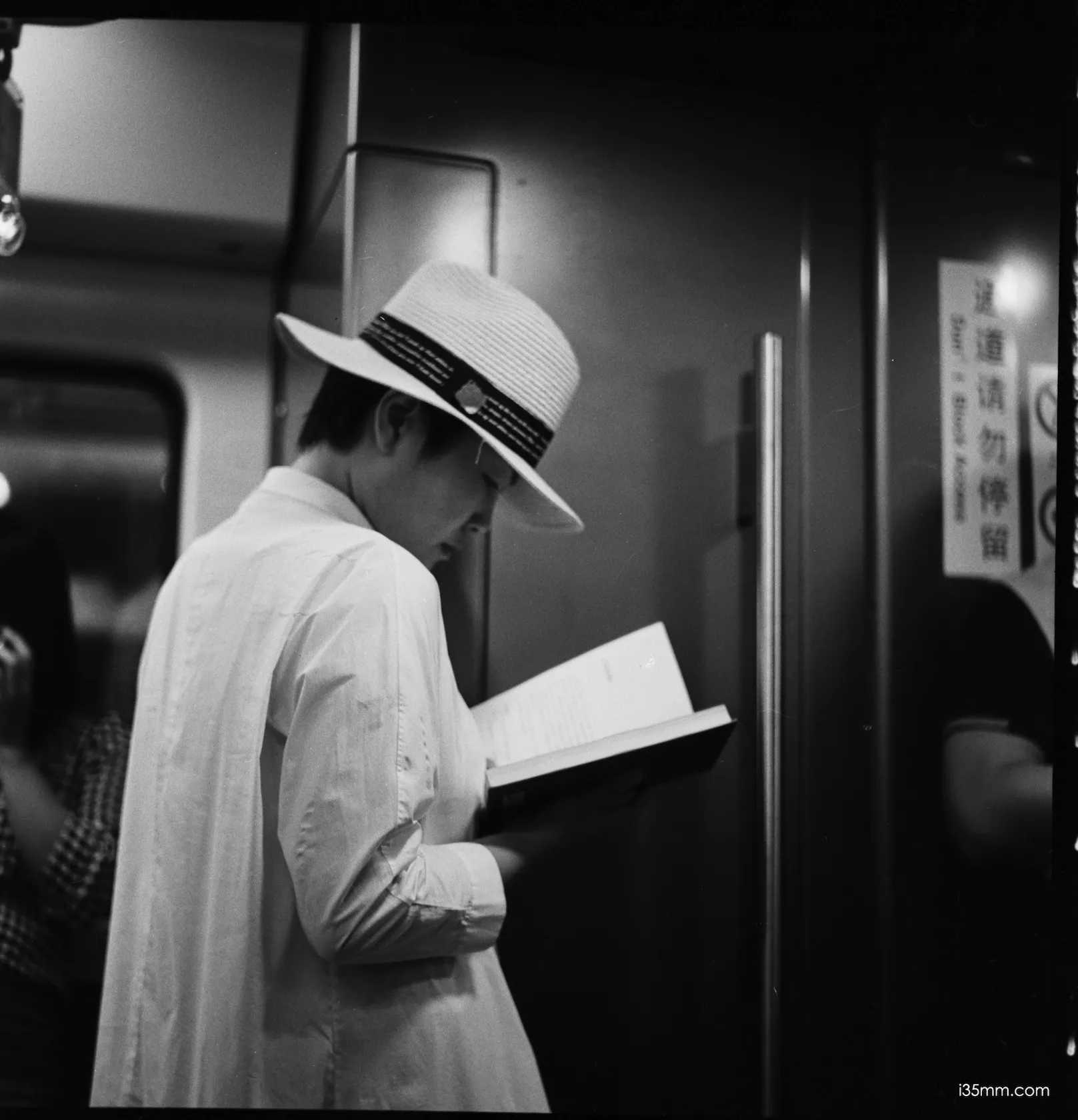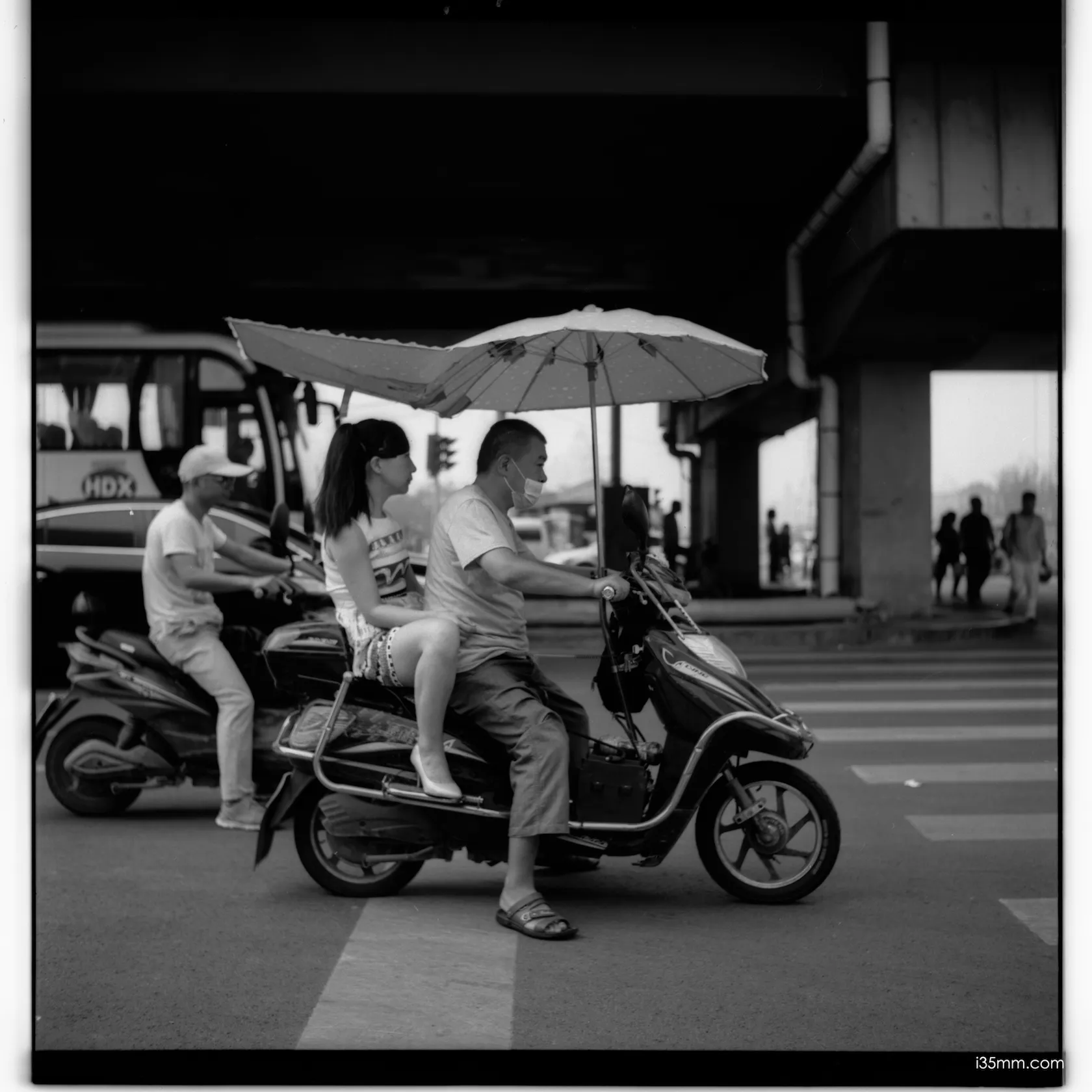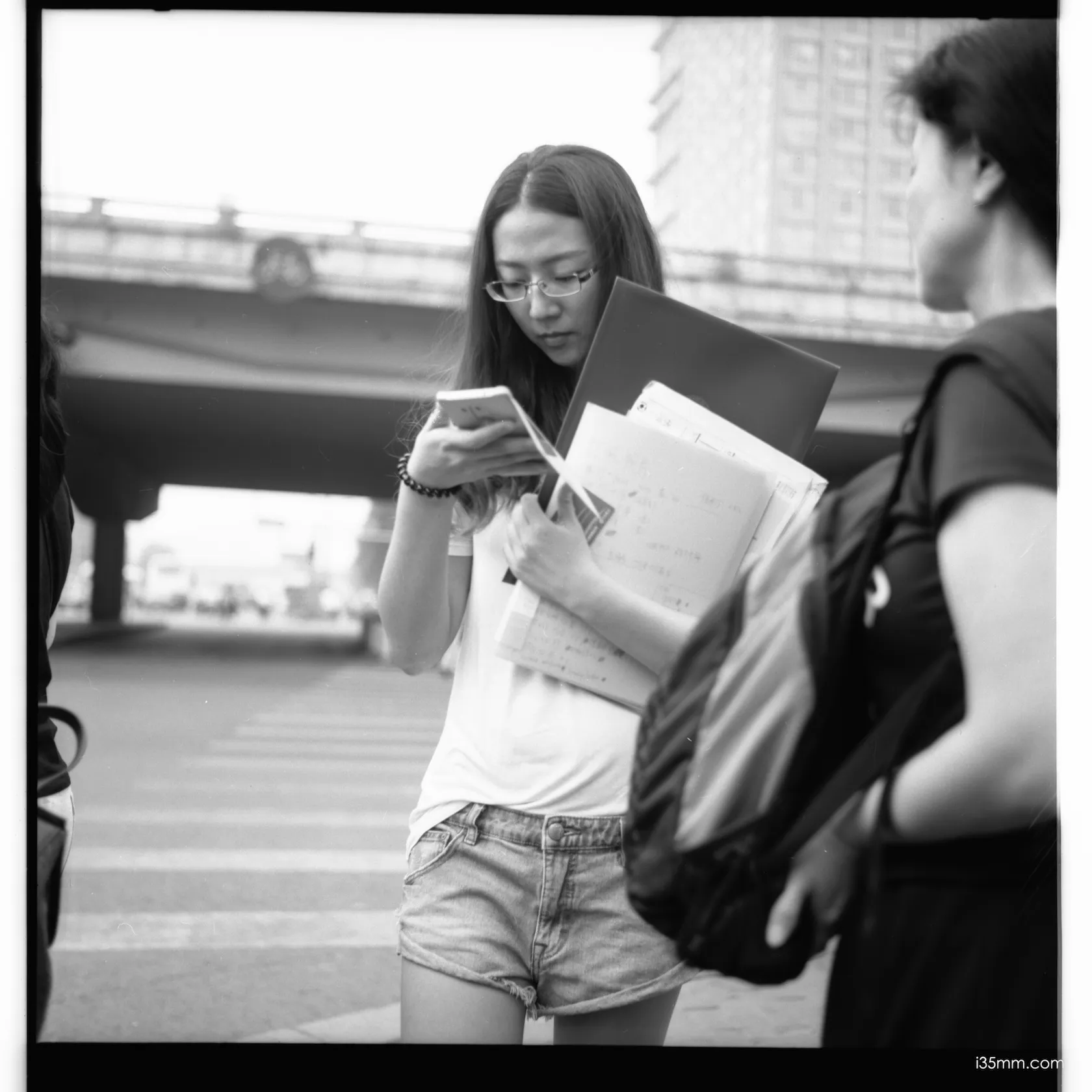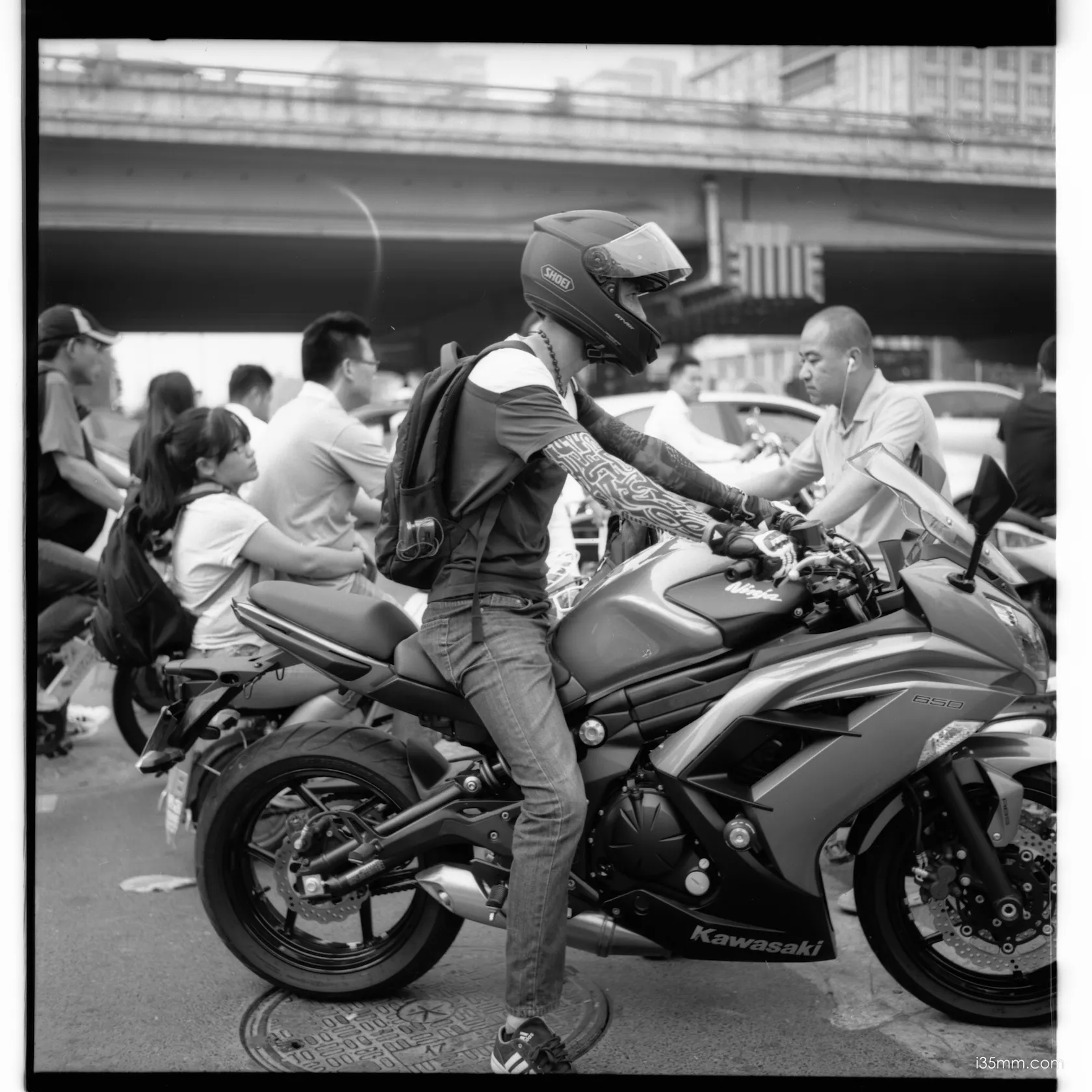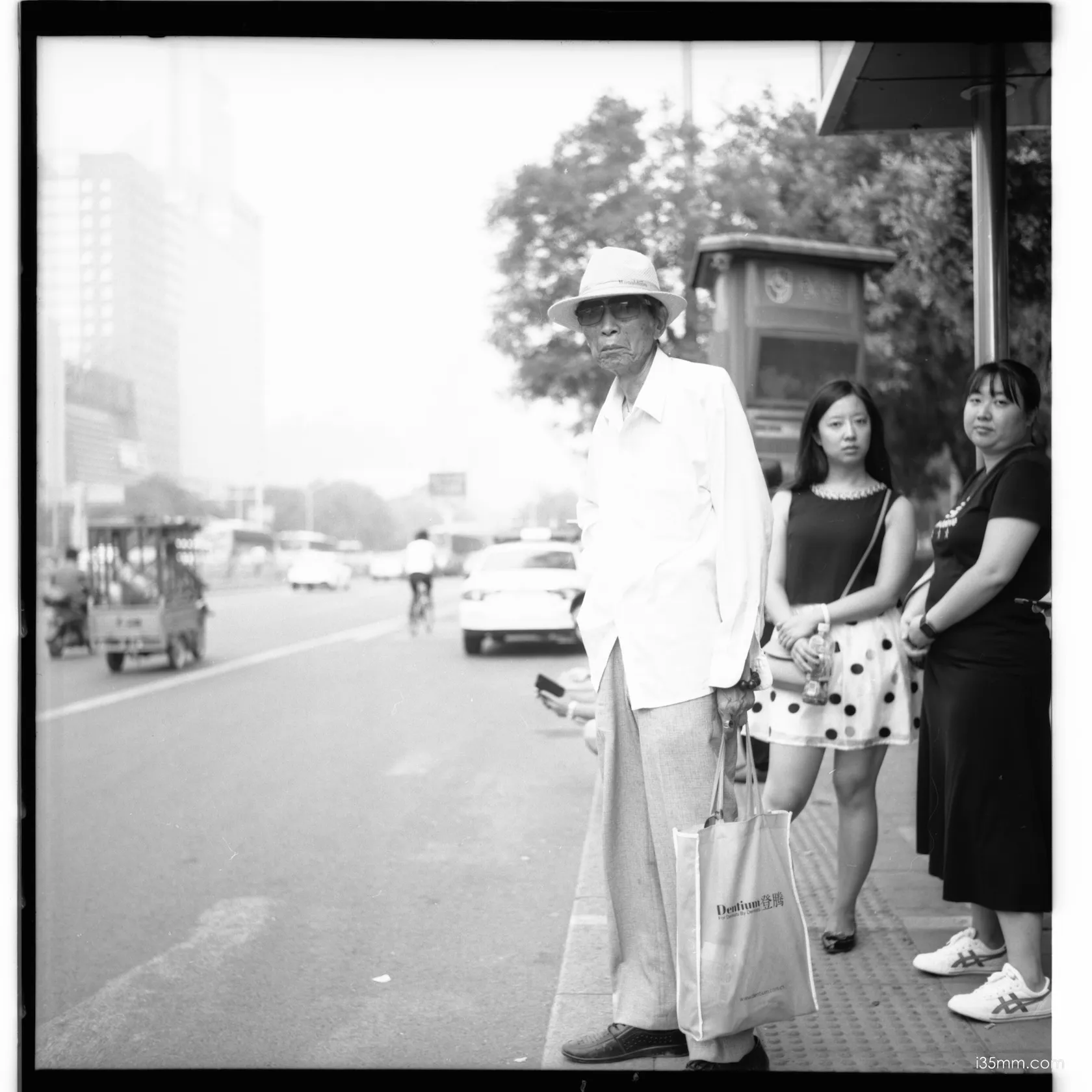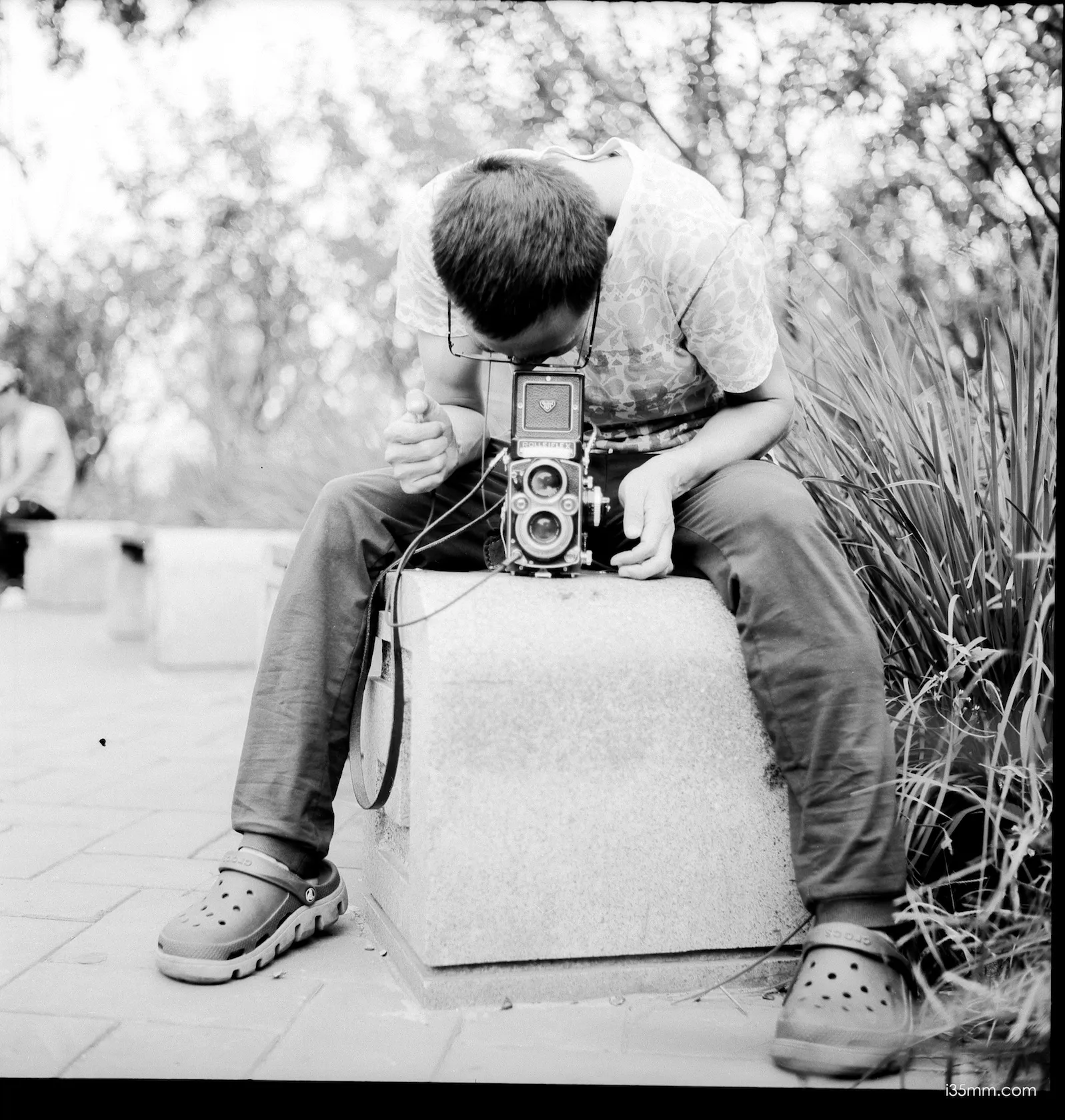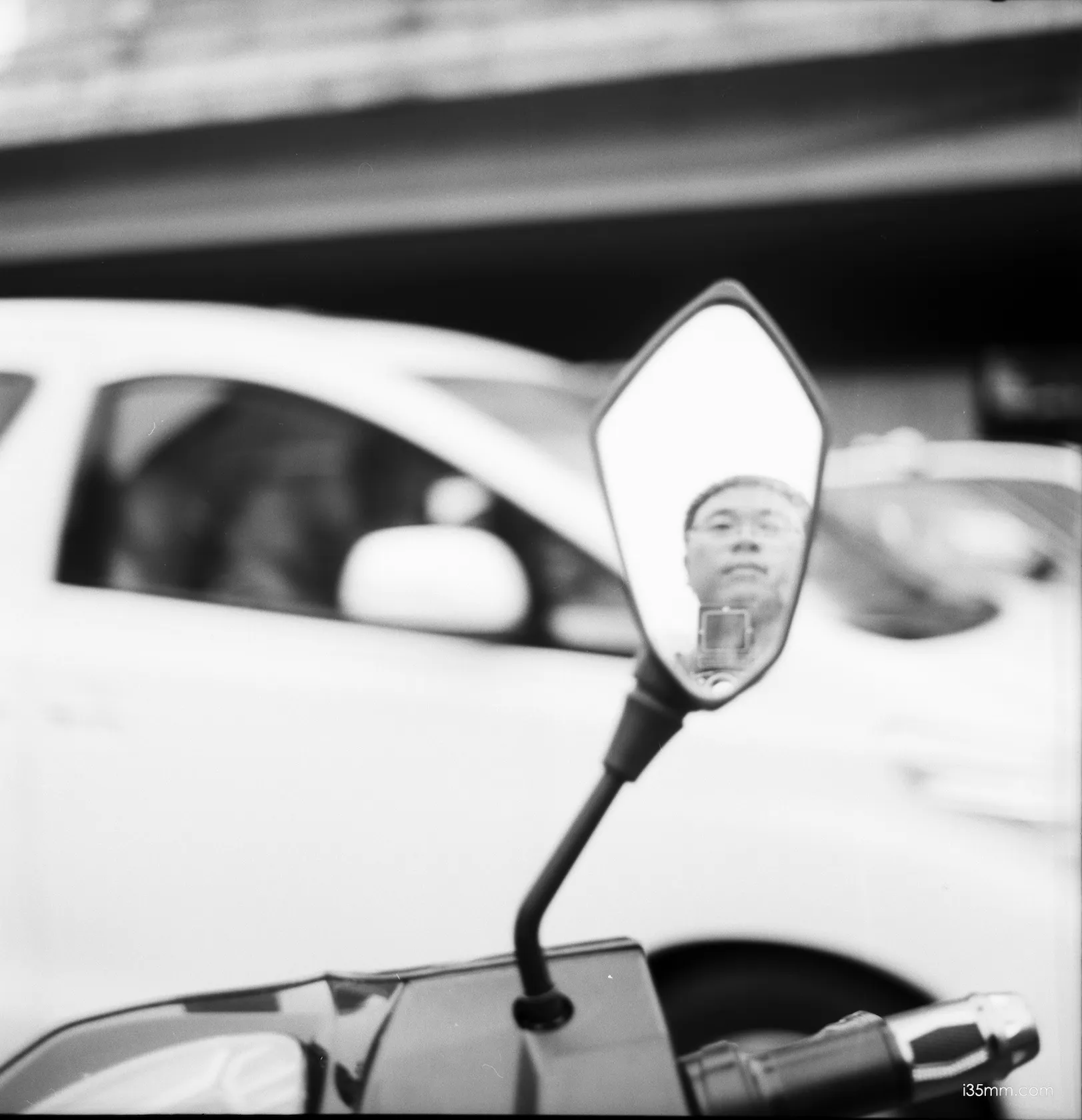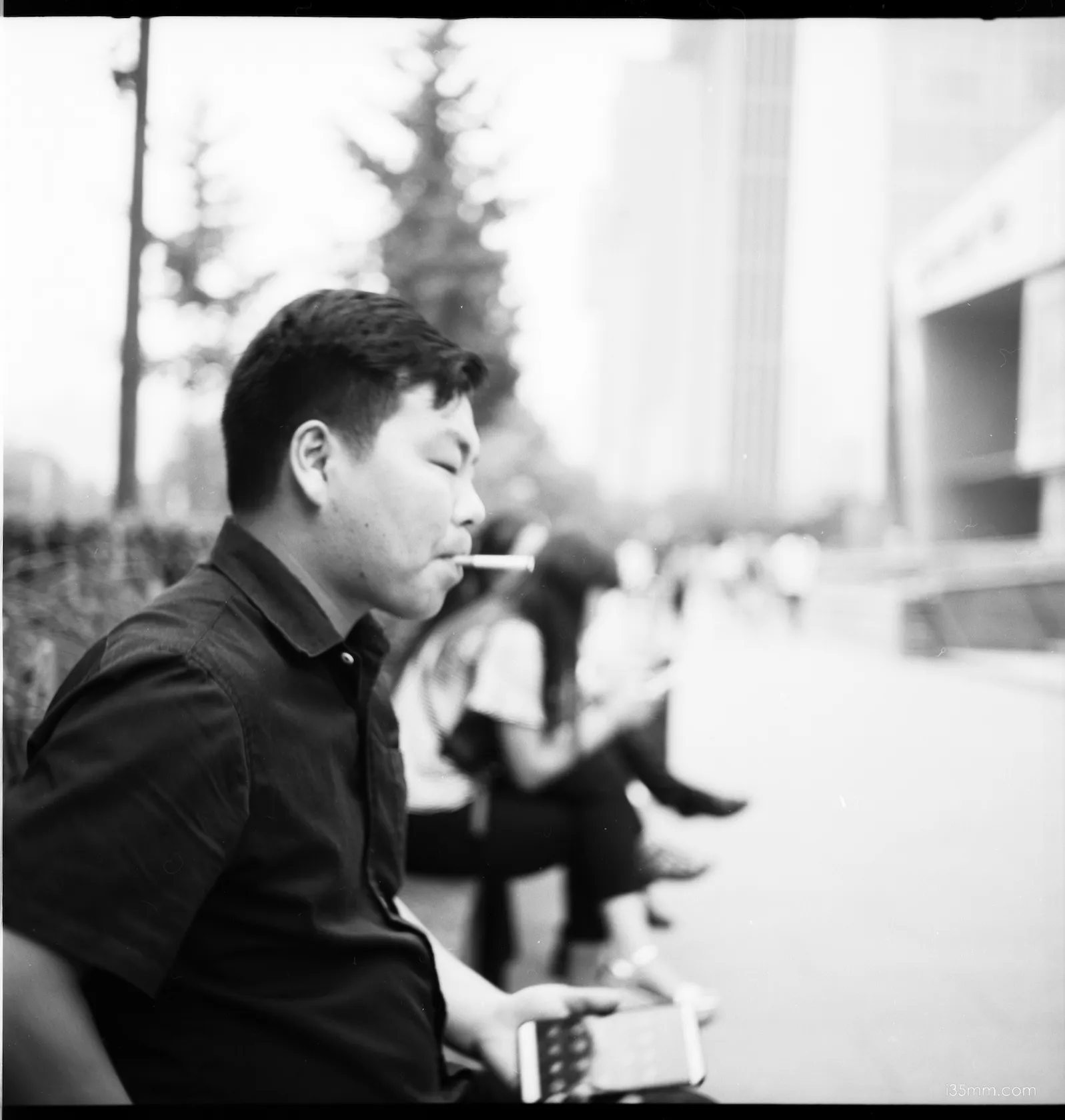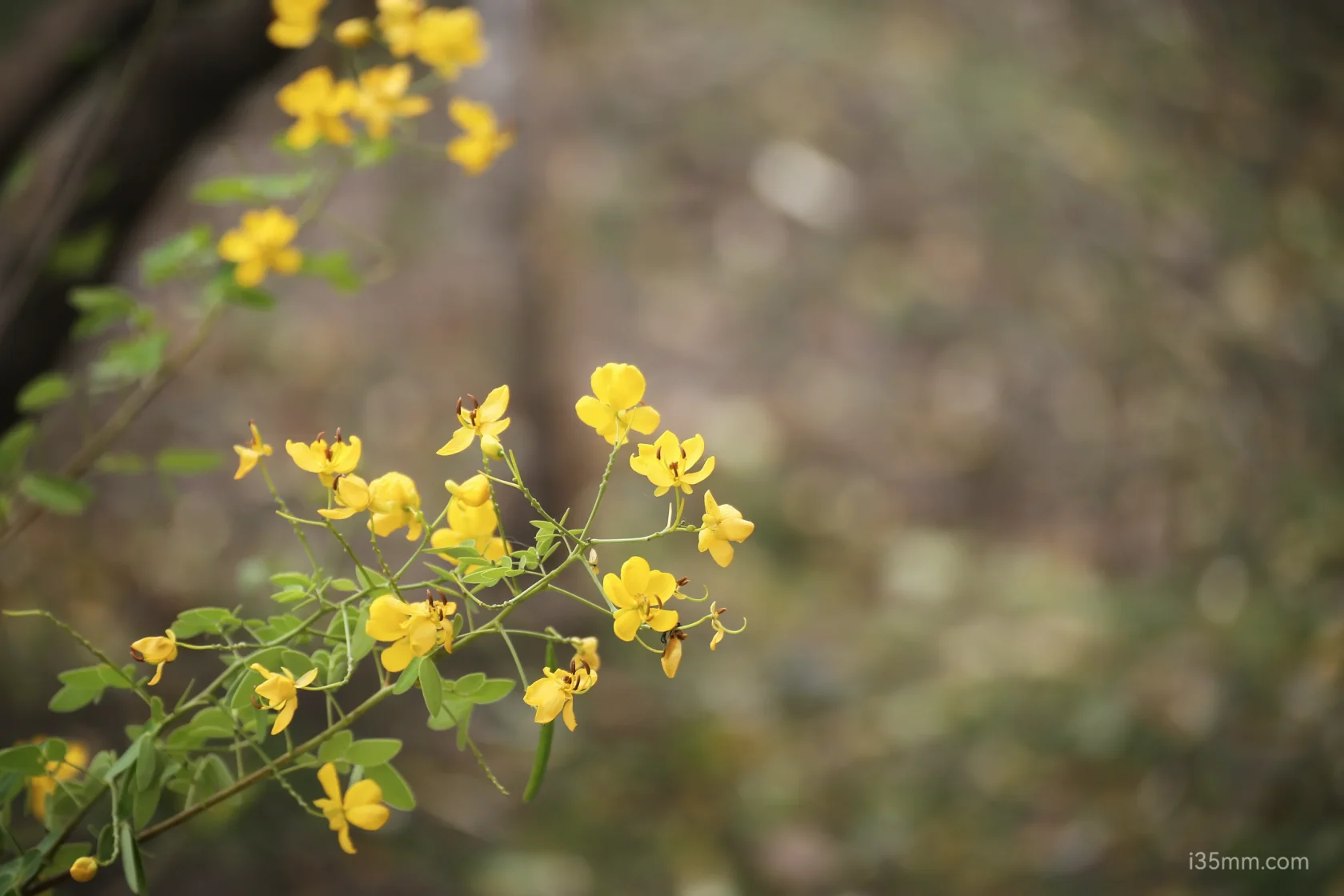
Introduction: When Your Camera Outlives Your Phone (Twice)
Let’s get real: the Canon 6D is the Jeep Wrangler of DSLRs. It’s rugged, it’s reliable, and it’s survived more drops than your Spotify playlist. Released in 2012, this full-frame beast has aged like a fine wine—or at least like a decent gas station burrito.
Is it cutting-edge? No.
Does it still slap? Abso-freaking-lutely.
Build Quality: “Built Like a Tank, Weighs Like a Tank”
Specs:
- Weight: 755g (or “forearm workout included”).
- Materials: Magnesium alloy (for flexing) and plastic (for humility).
- Durability: Canon’s unofficial motto: “If it survives the warranty, it’ll survive the apocalypse.”
The 6D is proof that Canon engineers moonlighted as tank designers. My copy has endured rain, sand, and one regrettable attempt at “extreme photography” on a rollercoaster. It still works. Your mileage may vary.
Pro Tip: If your camera doesn’t double as a self-defense weapon, you’re holding it wrong.
Image Quality: “The OG Full-Frame Magic”
Specs:
- Sensor: 20.2MP full-frame (because sometimes less is more).
- Dynamic Range: Decent, if you’re not a pixel-peeping maniac.
- Colors: Canon’s signature “creamy Leica-lite” tones—like a warm hug for your eyeballs.
The 6D’s images have a micro-contrast vibe that’s smoother than a jazz saxophonist. Skin tones? Glowy. Greens? Lush. Reds? How dare you. It’s not Leica-level majestic, but it’s close enough to make your wallet sigh in relief.
Fun Fact: Shoot JPEGs with the “Faithful” profile, and you’ll swear Canon hired a barista to tweak the tones.
Ergonomics: “Designed for Humans, Not Robots”
Canon’s secret sauce? User experience. The 6D’s controls are so intuitive, even your grandma could shoot in Manual mode (though she’d probably stick to Auto).
- Grip: Chonky enough to feel secure, not so chonky it’s a cry for help.
- Menu System: Simpler than a microwave interface.
- Weight: Heavy enough to remind you it’s a “professional” tool, light enough to avoid chiropractor bills.
Pro Tip: Nikon users need a PhD in Buttonology. Canon users just need opposable thumbs.
Low-Light Performance: “The Night Owl’s Sidekick”
The 6D’s ISO performance is shockingly good for a decade-old camera. At ISO 6400, noise is more “artistic grain” than “TV static nightmare.” Pair it with a fast prime (like the 50mm f/1.8), and you’ll outshoot iPhone warriors in dim lighting.
Warning: Shooting at ISO 25600? Don’t. Just… don’t.
Street Photography? “It’s Complicated”
The 6D is about as stealthy as a marching band. Its shutter clunk echoes through streets, announcing your presence like a town crier. But hey, if you want to shoot street like a friendly giant, this is your jam.
Pro Tip: Wear a neon vest. People will assume you’re a tourist, not a creep.
Canon Mirrorless? “Peak Dad Energy”
Canon’s mirrorless cameras (like the R6) are lighter, faster, and packed with tech. But their manual focus peaking? Chef’s kiss. It’s like Canon said, “Hey, let’s make this feel like focusing a film camera… but easier.”
Fun Fact: Adapt a Leica M lens to a Canon R body, and you’ll get 90% of the Leica “look” for 10% of the price. Don’t tell the Leica cult.
The Verdict: “Old Faithful”
The Canon 6D isn’t a camera. It’s a loyal companion. It’s for the photographer who values reliability over hype, substance over specs, and durability over trends.
Buy it if:
- You want a full-frame workhorse that won’t bankrupt you.
- You think “vintage” is a mindset, not a filter.
Skip it if:
- You need 8K video or eye-tracking AF.
- You’re allergic to greatness.
Rating: 5/5 stars (minus 0 for anything, because nostalgia).
Now go forth and shoot. Or just admire the 6D’s stubborn refusal to die. We don’t care. 📸✨
